July 31, 2023
Prelims Pointers
July 31, 2023
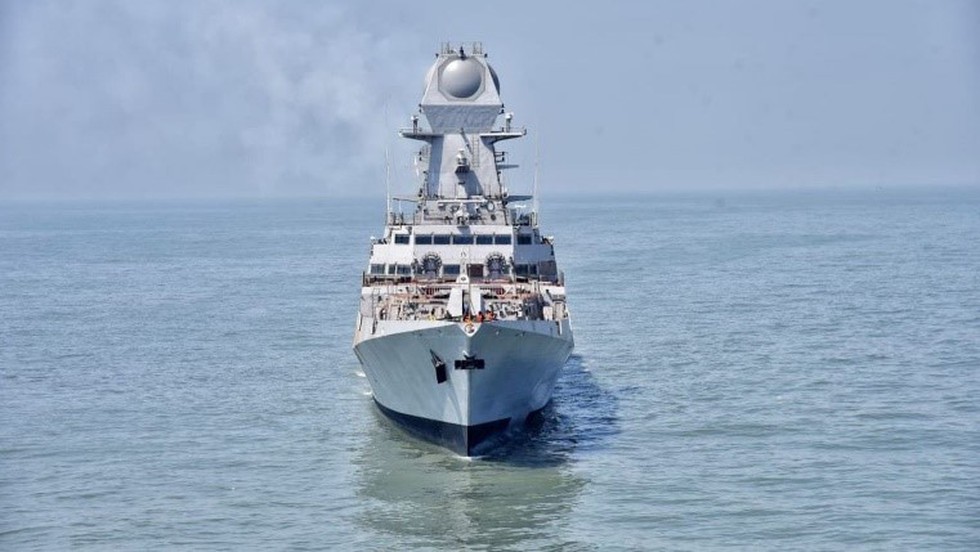
About INS Visakhapatnam:
- It is the lead ship and the first of the Indian Navy's Visakhapatnam-class stealth guided-missile destroyers.
- It was commissioned on November 21, 2021, is one of the largest destroyers in Indian Navy service.
- Features:
- Size: It measures 163m in length, 17m in breadth.
- Displacement: 7,400 tonnes.
- Propulsion: It is propelled by four powerful Gas Turbines, in a Combined Gas and Gas (COGAG) configuration.
- Speed: It is capable of achieving speeds in excess of 30 knots.
- The ship has enhanced stealth features resulting in a reduced Radar Cross Section (RCS) achieved through efficient shaping of hull, full beam superstructure design, plated masts and use of radar transparent materials on exposed decks.
- The ship is equipped to fight under Nuclear, Biological and Chemical (NBC) warfare conditions.
- Named after the historic city of Andhra Pradesh on the east coast, Visakhapatnam, the ‘City of Destiny’, the ship has a total complement of about 315 personnel.
Prelims Pointers
July 31, 2023

About Derivatives:
- A derivative is a contract between two parties which derives its value/price from an underlying asset.
- The commonly used assets are stocks, bonds, currencies, commodities and market indices.
- These instruments allow investors and traders to speculate on the price movements of the underlying asset without owning it directly.
- The value of the underlying assets keeps changing according to market conditions. The basic principle behind entering into derivative contracts is to earn profits by speculating on the value of the underlying asset in future.
- Derivatives serve various purposes, including hedging against risks, providing leverage, and facilitating price discovery.
- The most common types of derivatives are:
- Futures Contracts: A futures contract is an agreement between two parties to buy or sell an asset at a predetermined price on a specific future date. The underlying asset can be commodities, financial instruments, or indices.
- Options Contracts: An options contract gives the holder the right, but not the obligation, to buy (call option) or sell (put option) an underlying asset at a specified price (strike price) on or before a predetermined expiration date.
- Swaps: Swaps are agreements between two parties to exchange cash flows based on specific financial variables. Common types of swaps include interest rate swaps, currency swaps, and commodity swaps. Swaps are often used to manage interest rate risks, currency risks, or to change the nature of a debt obligation.
- Forwards: Forwards are similar to futures contracts but are not standardized or traded on exchanges. They are customized agreements between two parties to buy or sell an asset at a specified price on a future date.
Prelims Pointers
July 31, 2023

About Foreign Exchange Reserves:
- What is it? Foreign Exchange Reserves (also called Forex Reserves) are reserve assets held by a central bank in foreign currencies.
- These may include foreign currencies, bonds, treasury bills, and other government securities.
- Reserves are denominated and expressed in the US dollar, which is the international numeraire for the purpose.
- RBI is the custodian of the Foreign exchange reserves in India.
- India’s foreign exchange reserves comprise of;
- Foreign currency assets (FCAs): These are maintained in currencies like the US dollar, euro, pound sterling, Australian dollar and Japanese yen.
- Gold
- SDR (Special Drawing Rights): This is the reserve currency with IMF.
- RTP (Reserve Tranche Position): This is the reserve capital with IMF.
- The biggest contributor to India’s Forex reserves is foreign currency assets, followed by gold.
- Purpose:
- They are used to back liabilities on their own issued currency, support the exchange rate and set monetary policy.
- To ensure that RBI has backup funds if their national currency rapidly devalues or becomes altogether insolvent.
- If the value of the Rupee decreases due to an increase in the demand of the foreign currency, then RBI sells the dollar in the Indian money market so that depreciation of the Indian currency can be checked.
- A country with a good stock of forex has a good image at the international level because the trading countries can be sure about their payments.
- A good forex reserve helps in attracting foreign trade and earns a good reputation with trading partners.
Prelims Pointers
July 31, 2023
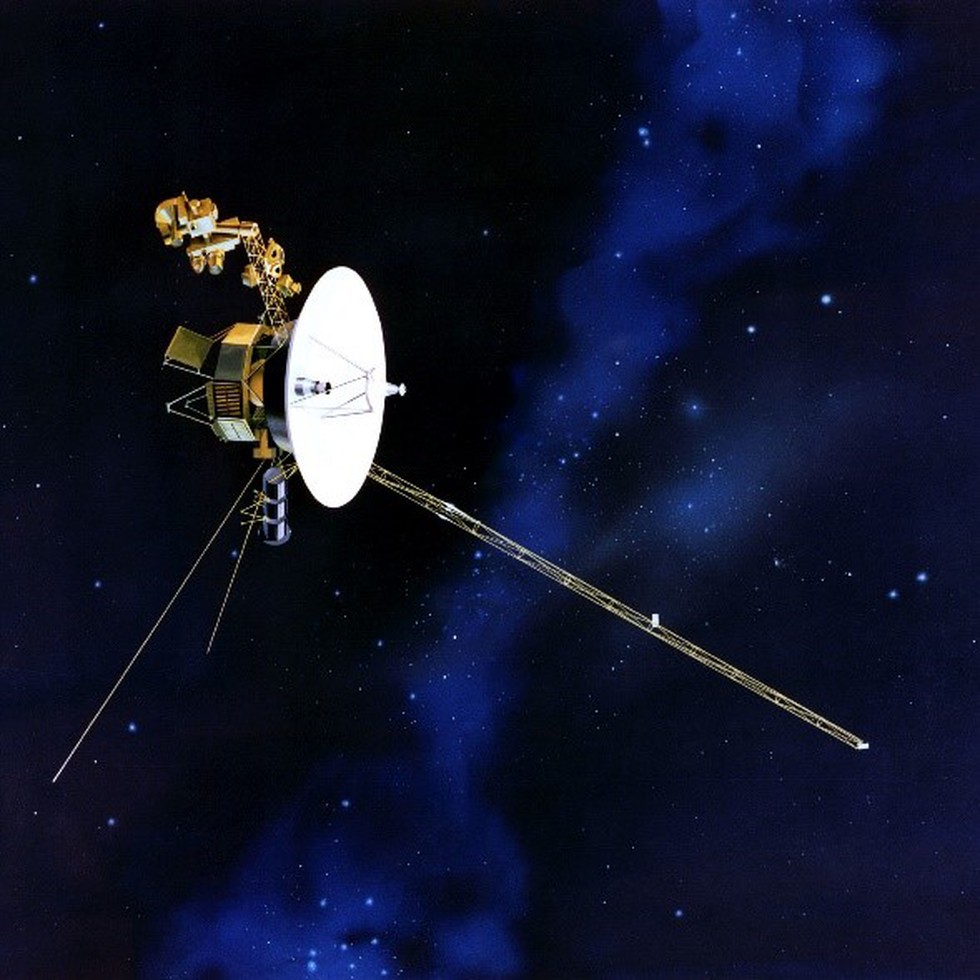
About Voyager 2 Spacecraft:
- It is a space probe launched by NASA on August 20, 1977.
- It is part of the Voyager program, which also includes Voyager 1.
- Primary mission: To study the outer planets of our solar system and their moons, and then continue on an interstellar mission.
- It is the second spacecraft to enter interstellar space. On Dec. 10, 2018, the spacecraft joined its twin—Voyager 1—as the only human-made objects to enter the space between the stars.
- It carries a Golden Record, a phonograph record containing sounds and images from Earth, intended to be a message to any potential extraterrestrial civilizations it might encounter in the future.
- Firsts:
- It is the only spacecraft to study all four of the solar system's giant planets at close range.
- It discovered a 14th moon at Jupiter.
- It was the first human-made object to fly past Uranus.
- At Uranus, Voyager 2 discovered 10 new moons and two new rings.
- It was the first human-made object to fly by Neptune.
- At Neptune, Voyager 2 discovered five moons, four rings, and a "Great Dark Spot."
What is the Interstellar Space?
- Interstellar space, also known as interstellar medium or interstellar void, is the vast expanse of space that exists between stars in a galaxy.
- It is the region of space beyond the influence of any individual star's gravity and magnetic fields.
- It is primarily composed of very low-density gas, dust, cosmic rays, and magnetic fields.
Prelims Pointers
July 31, 2023
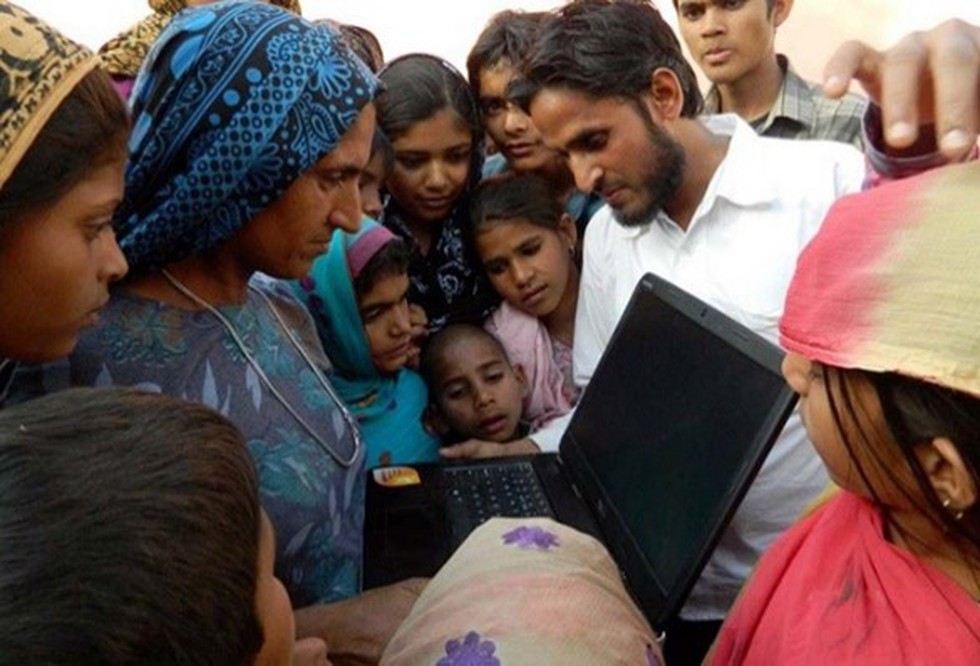
About National Digital Nagrik Forum:
- It is an online platform that aims to advance the rights of traders and consumers and other sections of society, and shape policy to boost the digital trade economy.
- The forum aims to raise awareness about digital regulations and help build the capacities of citizens to engage with innovation via expert sessions and instructional materials.
- Objective: To shape policy discourse around digital economy trade in India with a view to contributing to the Government of India’s vision of creating a trillion-dollar digital economy while maintaining an open, safe, trusted and accountable internet ecosystem.
- It will conduct awareness camps, digital and physical dialogues and trainings, as well as targeted outreach to stakeholders from government, private sector and civil society,
- It will focus on five core themes.
- The first pillar consists of consumer protection and online safety with a core focus on efficient grievance redressal.
- The pitfalls of digital cartelisation and how a level-playing field is necessary to discourage discriminatory and anti-competitive practices in the online world are part of the second pillar.
- Third, the potential of Indian digital technologies to not only transform retail and industrial trade but also boost employment and expand the investment footprint.
- Fourth, a first principles-based taxation policy that encourages certainty and productivity, especially for sectors with high growth potential, while preventing illegal activities such as tax evasion and money laundering.
- Finally, the forum will study emerging technologies, such as blockchain and artificial intelligence, to assess their impact on retail trade and, at the same time, safeguard consumers’ interests.
Prelims Pointers
July 31, 2023
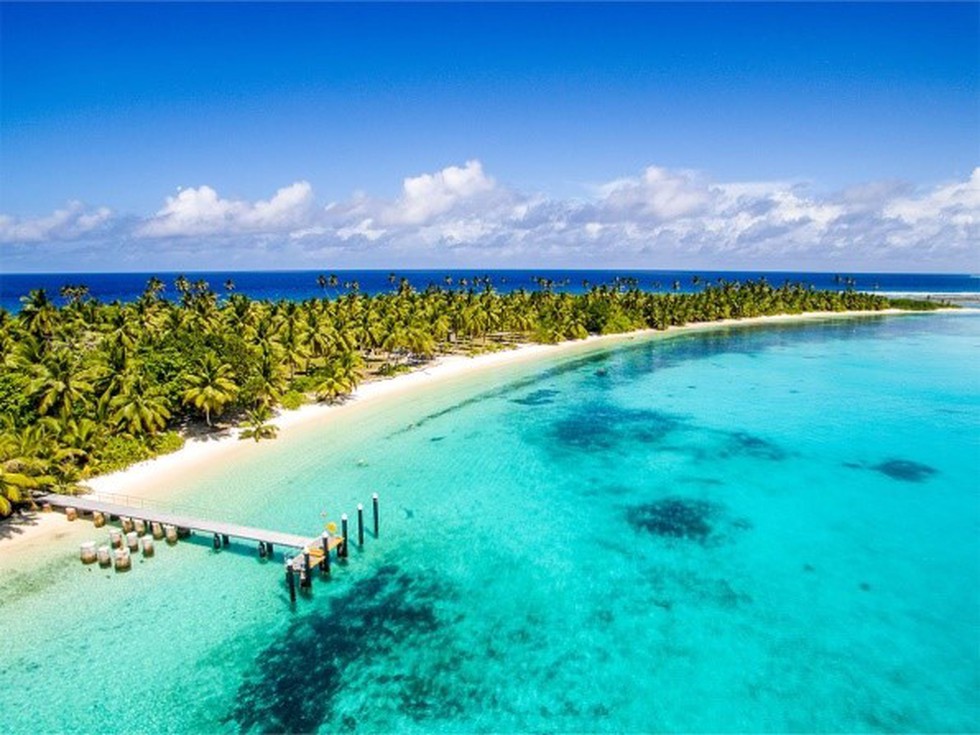
About Cocos (Keeling) Islands:
- The Cocos (Keeling) Islands lie in the eastern Indian Ocean, about 2,900 kilometers (1,800 miles) northwest of the Australian city of Perth.
- It comprises of coral atolls and islands, the archipelago includes North Keeling Island and the South Keeling Islands.
- The territory’s administrative headquarters are on West Island in the southern atoll.
- Climate: Warm and humid climate.
- Vegetation: The vegetation consists chiefly of coconut palms, which were formerly cultivated for copra on plantations.
- The northern atoll consists of Australia's most remote Commonwealth National Park, the Pulu Keeling National Park.
- On North Keeling and Horsburgh islands, coarse grass serves as a ground cover.
- The inhabitants of this Island are predominantly the descendants of the original plantation workers, mostly of Malay origin.
- Administration: An administrator appointed by the Australian governor-general is the senior governmental official in the Cocos. The islands became an Australian territory under the Cocos (Keeling) Islands Act 1955.
Prelims Pointers
July 31, 2023
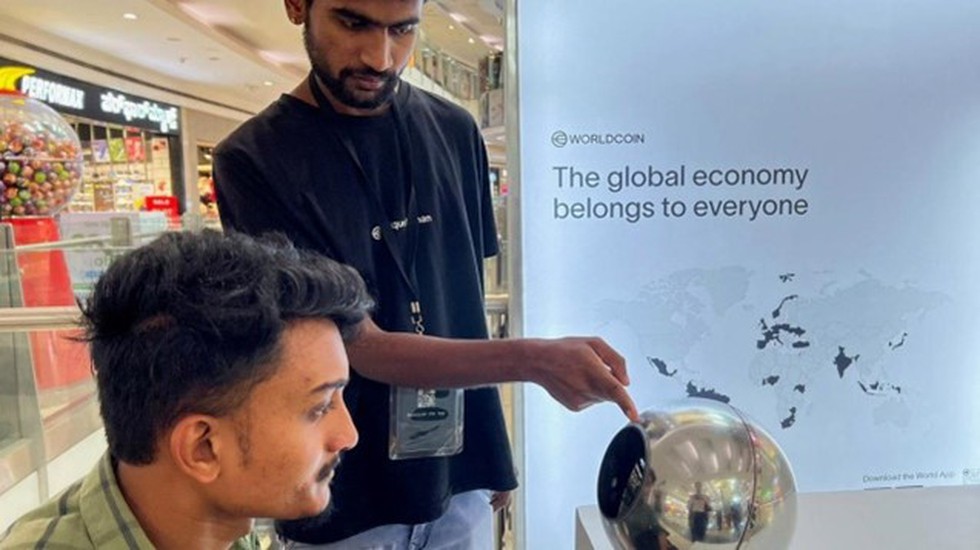
About Worldcoin Project:
- It is an initiative to create a digital network in which everyone can claim some kind of stake, and join the digital economy.
- This venture runs on a simple model: allow your eyes to be scanned in order to prove your human uniqueness, and receive some crypto and an ID (called a World ID) in exchange.
- Using a device called “Orb,” Worldcoin volunteers known as ‘Orb operators’ scan a person’s iris pattern to collect their biometric data and help them get a World ID through the World app.
- With the app, scanned participants can collect a cryptocurrency called Worldcoin [WLD] at regular intervals or make transactions with their World ID where possible.
- This process is called “proof of personhood” and makes sure that people do not sign themselves up multiple times in exchange for crypto.
- Worldcoin claims it is building the “world’s largest identity and financial public network” open to people worldwide.
- Worldcoin lists 18 locations — largely in Delhi, Noida, and Bangalore — where Orb operators are scanning people’s eyes.
Prelims Pointers
July 31, 2023
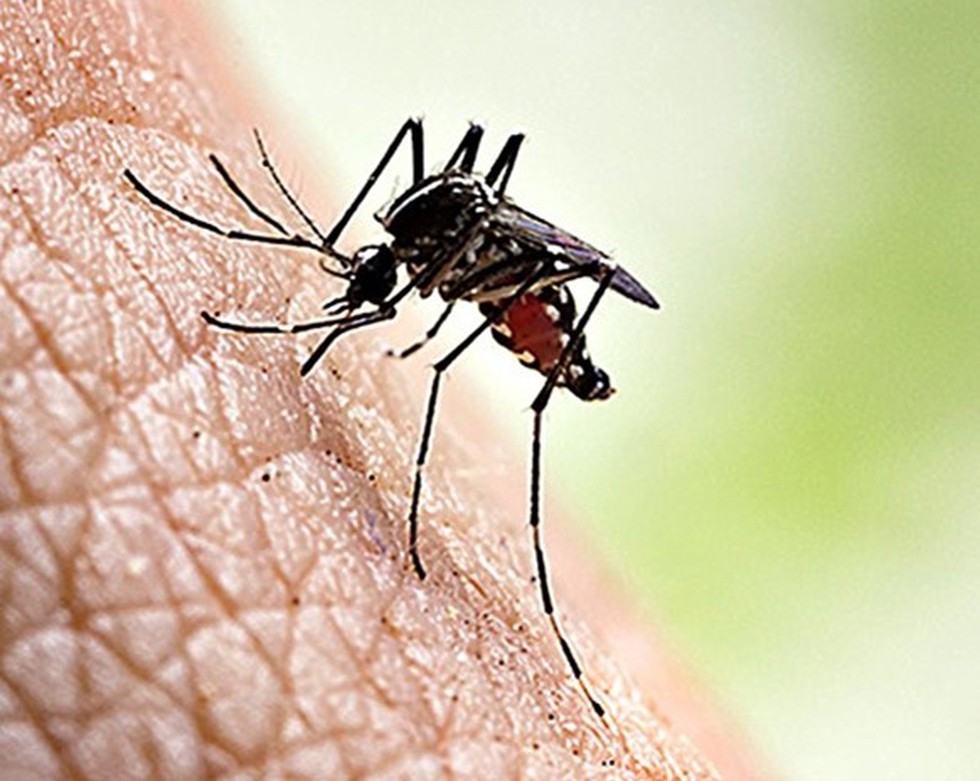
About Dengue:
- It is caused by the dengue virus (DENV)
- It is transmitted to humans through the bites of infected female mosquitoes, primarily the Aedes aegypti mosquito.
- The severe form of dengue fever, also called dengue hemorrhagic fever, can cause serious bleeding, a sudden drop in blood pressure (shock) and death.
- It is more common in tropical and subtropical climates.
- Symptoms: The most common symptoms are high fever, headache, body aches, nausea and rash.
- Most will also get better in 1–2 weeks but in severe cases it can be fatal.
- Treatment:
- There is no specific treatment for dengue.
- Early detection of disease progression associated with severe dengue, and access to proper medical care lowers fatality rates of severe dengue to below 1%.
- The dengue vaccine CYD-TDV or Dengvaxia was approved by the US Food & Drug Administration in 2019, the first dengue vaccine to get the regulatory nod in the US.
Prelims Pointers
July 31, 2023
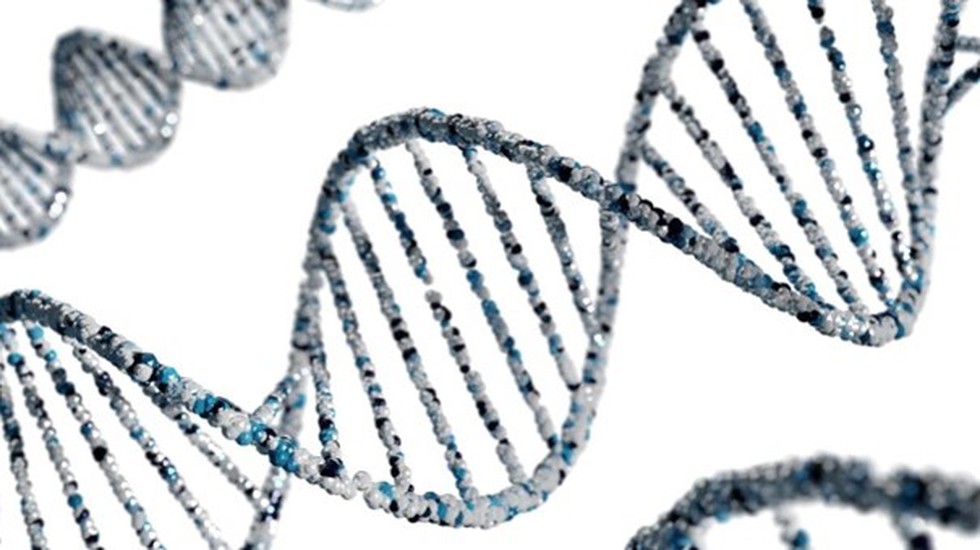
About Cell-free DNA:
- In the human body, most of the DNA in a genome is neatly packed inside cells with the help of specific proteins, protecting it from being degraded.
- In a variety of scenarios, some fragments of DNA are ‘released’ from their containers and are present outside the cell, in body fluids. These small fragments of nucleic acids are widely known as cell-free DNA (cfDNA).
How they are generated/released?
- It can be generated and released from a cell in a number of possible situations, including when a cell is dying and the nucleic acids become degraded.
- Since an array of processes modulates the degradation, the amount, size, and source of the cfDNA can vary across a range as well.
- This could occur together with a variety of processes, including those required for normal development, those related to the development of certain cancers, and those associated with several other diseases.
Applications of cfDNA
- One of the most widely used applications of cfDNA has been in screening foetuses for specific chromosomal abnormalities, an application known as non-invasive prenatal testing.
- It is useful tool to understand human diseases and to use the knowledge to improve diagnosis, monitoring, and prognosis.
- It is useful in understanding why a body is rejecting a transplanted organ.
- This could be used as a biomarker for neurological disorders like Alzheimer’s disease, neuronal tumours, stroke, traumatic brain injury,
Prelims Pointers
July 31, 2023
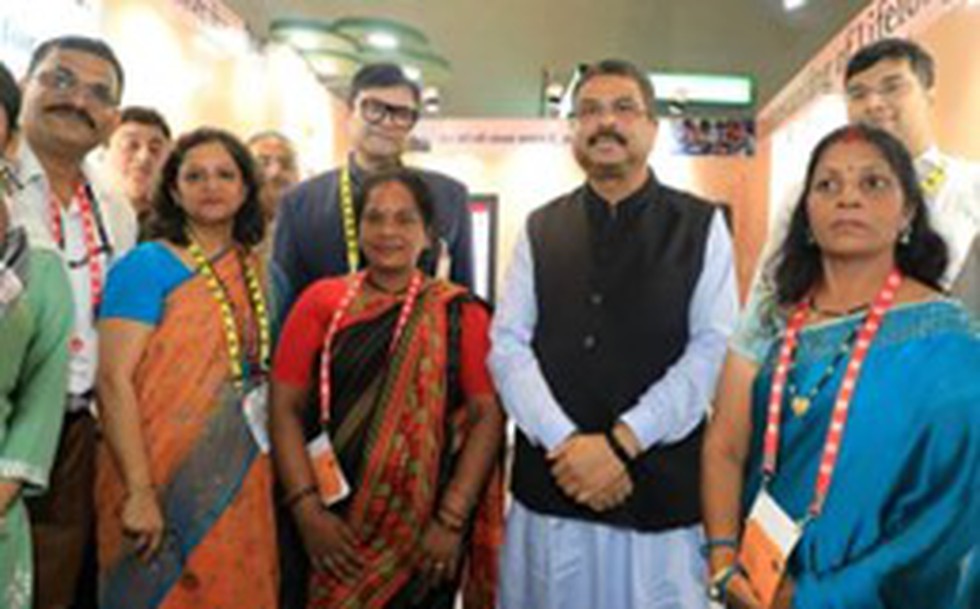
About ULLAS Initiative:
- The Understanding Lifelong Learning for All in Society (ULLAS) initiative is poised to revolutionise education and literacy across the nation.
- It is done by fostering a learning ecosystem that reaches every individual, bridging the gaps in basic literacy and critical life skills.
- It imparts basic education, digital and financial literacy and critical life skills to citizens aged 15 and above who lost on the opportunity to go to school. It is being implemented through volunteerism.
- Slogan of the Initiative: ULLAS: Nav Bharat Saksharta Karyakram.
- For this purpose ULLAS app was launched which is user-friendly and interactive app available both on android and ios.
- It will serve as a digital gateway for learners to engage in diverse learning resources through the DIKSHA portal of NCERT.
- The ULLAS app can be used for registration of learners and volunteers either through self-registration or by surveyors.
- Significance
- This app will focus on promoting functional literacy, vocational skills, and many important life skills like financial literacy, legal literacy, digital literacy, and empowerment of citizens to involve in nation-building of the country.
- It also fosters a culture of continuous learning and knowledge-sharing in communities across India.
July 30, 2023
Prelims Pointers
July 30, 2023
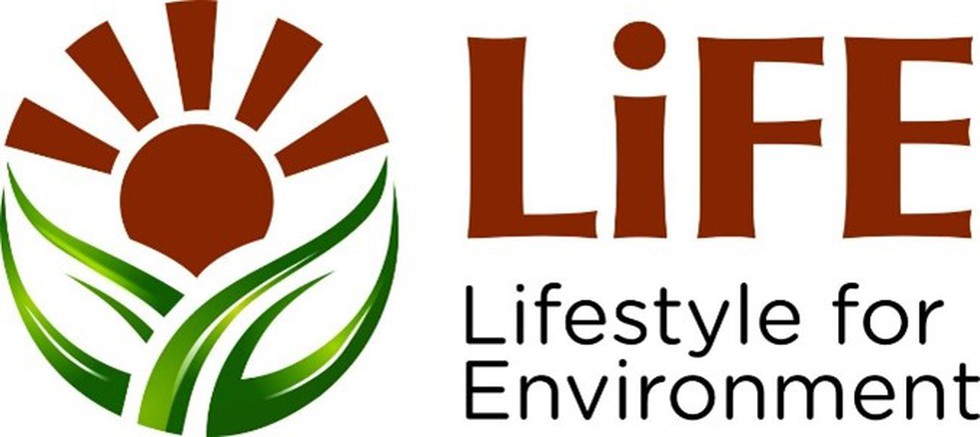
About LiFE Mission:
- Mission LiFE, or Lifestyle for Environment, is an India-led global mass movement to nudge individual and community action to protect and preserve the environment.
- It was launched by the Indian Prime Minister at the 26th UN Climate Change Conference of the Parties (COP26) in Glasgow in November 2021.
- The program hopes to “mobilize one billion Indians as well as people in other countries to become individuals who practice sustainable lifestyles.
- The global movement will showcase sustainable goals and climate actions taken by countries and individuals around the world.
- It makes the fight against climate change democratic, in which everyone can contribute with their respective capacities.
- It emboldens the spirit of the P3 model, i.e., Pro Planet People.
- It functions on the basic principles of ‘Lifestyle of the planet, for the planet and by the planet’.
- It aims at following a three-pronged strategy for changing people's collective approach towards sustainability,
- nudging individuals to practice simple yet effective environment-friendly actions in their daily lives (demand)
- enabling industries and markets to respond swiftly to the changing demand (supply)
- to influence government and industrial policy to support both sustainable consumption and production (policy).
Prelims Pointers
July 30, 2023
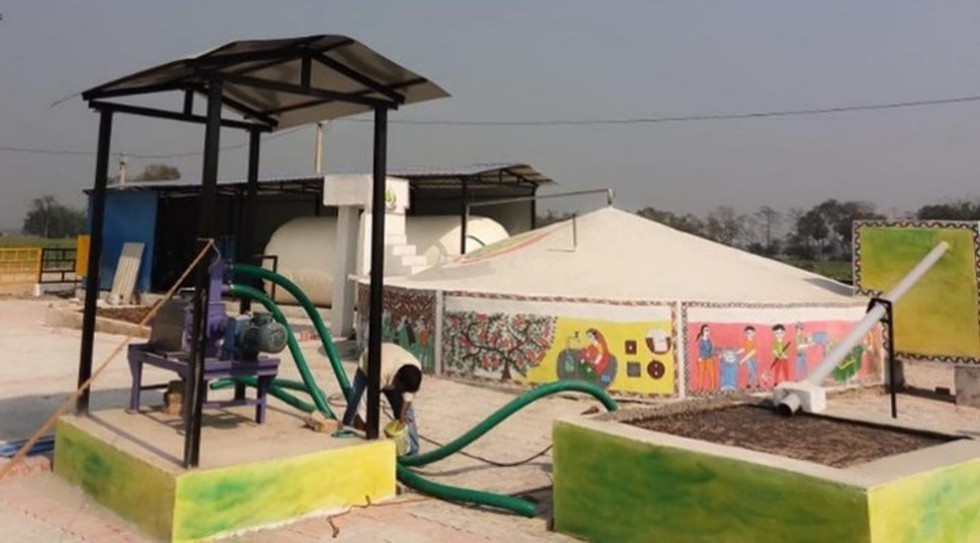
About Gobardhan portal:
- It serves as a centralized repository for assessing investment and participation in the Biogas/CBG (Compressed Biogas) sector at a pan-India level.
- Primary objective: To streamline the process of setting up CBG/Biogas plants in the country.
- It allows any government, cooperative or private entity operating or intending to set up a Biogas/CBG/Bio-CNG plant in India to obtain a registration number by enrolling in the portal.
- This registration number will enable them to avail a multitude of benefits and support from the Ministries and Departments of the Government of India.
Key Facts about GOBARdhan Scheme:
- Galvanizing Organic Bio-Agro Resources Dhan is a crucial umbrella initiative of the Government of India.
- The government launched the Gobardhan scheme in 2018 as a national priority project under the Swachh Bharat Mission Grameen-Phase II program.
- Aim:
- To generate wealth and energy by converting cattle dung, agricultural residue, and other organic waste into Biogas, CBG and bio-fertilizers.
- It adopts a whole-of-government approach and aims to convert waste into wealth, thereby promoting a circular economy.
- Nodal Ministry: The Department of Drinking Water and Sanitation, Ministry of Jal Shakti.
Prelims Pointers
July 30, 2023

About National Cooperative Consumers Federation of India (NCCF):
- It was established on 16th October 1965 to function as the apex body of consumer cooperatives in the country.
- It is an organization to promote consumer cooperative movement in the country, aspires to facilitate the voluntary formation and democratic functioning of cooperatives, based on self-reliance and mutual aid for overall economic betterment and financial autonomy.
- It is registered under the Multi-State Co-operative Societies Act, 2002.
- NCCF functions under the Ministry of Consumer Affairs, Food and Public Distribution, Government of India.
- Headquarters: New Delhi
- Structure:
- The management of NCCF vests in the Board of Directors.
- The ultimate authority of NCCF vests in the hands of the General Body.
- Board of Directors exercises all the powers of NCCF except those reserved for General Body.
- The current sanctioned strength of the Board of Directors is 21.
What is Open Network for Digital Commerce (ONDC)?
- It is an open-source network set up to enable buyers and sellers to transact with each other irrespective of the e-commerce platform on which either of them is registered.
- It will enable local commerce across segments, such as mobility, grocery, food order and delivery, hotel booking and travel, among others, to be discovered and engaged by any network-enabled application.
- It is an initiative of the Department for Promotion of Industry and Internal Trade (DPIIT) under the Ministry of Commerce and Industry.
- It comprises buyer-side apps where consumers can place orders, seller-side apps that onboard merchants and display their listings, and logistics platforms that handle deliveries.
- Benefits:
- It offers small retailers an opportunity to provide their services and goods to buyers across the country through an e-commerce system.
- ONDC enables merchants to save their data to build credit history and reach consumers.
- It is expected to digitise the entire value chain, promote the inclusion of suppliers, derive efficiencies in logistics and enhance value for consumers.
- ONDC protocols would standardize operations like cataloguing, inventory management, order management and order fulfilment.
Prelims Pointers
July 30, 2023
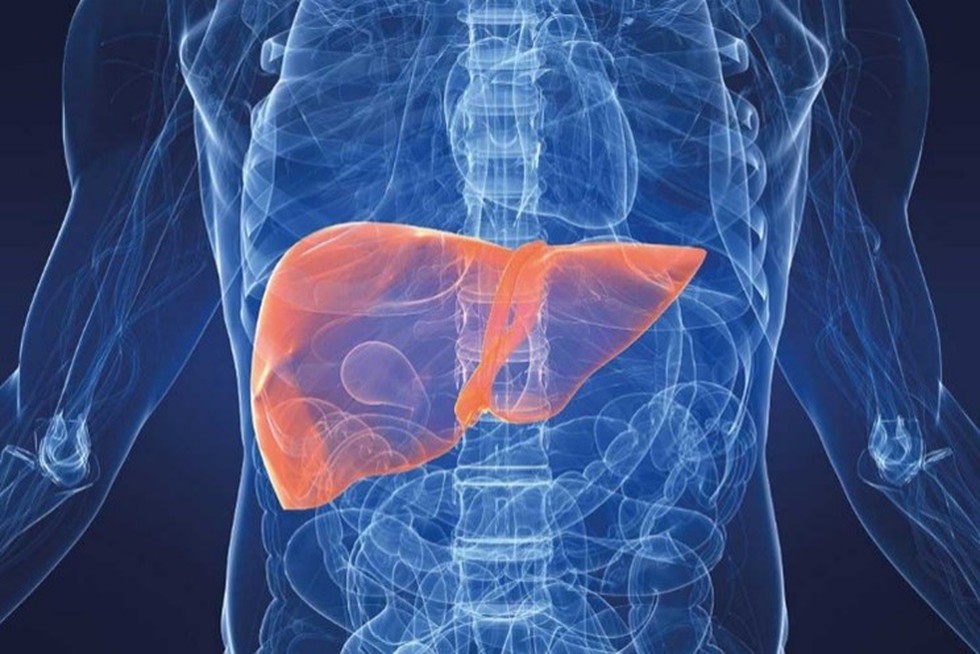
About World Hepatitis Day:
- It is observed each year on July 28 to raise awareness of viral hepatitis, which causes inflammation of the liver that leads to severe disease and liver cancer.
- It is recognized by the World Health Organization (WHO).
- The theme for World Hepatitis Day 2023 is "We're not waiting". This theme highlights the need for urgent action to eliminate viral hepatitis by 2030.
- Why July 28?
- July 28 is the birthday of Dr. Baruch Blumberg (1925–2011).
- Blumberg discovered the hepatitis B virus in 1967, and 2 years later, he developed the first hepatitis B vaccine.
- These achievements culminated in Dr. Blumberg winning the Nobel Prize in Physiology or Medicine in 1976.
What is Hepatitis?
- Hepatitis is inflammation of the liver.
- Inflammation is swelling that happens when tissues of the body are injured or infected.
- It can damage your liver. This swelling and damage can affect how well your liver functions.
- Hepatitis can be an acute (short-term) infection or a chronic (long-term) infection.
- What causes hepatitis? There are different types of hepatitis, with different causes:
- Viral hepatitis is the most common type. It is caused by one of several viruses -- hepatitis viruses A, B, C, D, and E.
- Alcoholic hepatitis is caused by heavy alcohol use.
- Toxic hepatitis can be caused by certain poisons, chemicals, medicines, or supplements.
- Autoimmune hepatitis is a chronic type in which your body's immune system attacks your liver. The cause is not known, but genetics and your environment may play a role.
- How is viral hepatitis spread?
- Hepatitis A and hepatitis E usually spread through contact with food or water that is contaminated with an infected person's You can also get hepatitis E by eating undercooked food.
- Hepatitis B, hepatitis C, and hepatitis D spread through contact with the blood of someone who has the disease.
- Hepatitis B and D may also spread through contact with other body fluids. This can happen in many ways, such as sharing drug needles or having unprotected sex.
- Symptoms: Some people with hepatitis do not have symptoms and do not know they are infected. Common symptoms include:
- Fever
- Fatigue
- Loss of appetite
- Nausea and/or vomiting
- Abdominal pain
- Dark urine
- Clay-coloured bowel movements
- Joint pain
- Jaundice, yellowing of your skin and eyes
- Treatment:
- Treatment for hepatitis depends on which type you have and whether it is acute or chronic.
- Acute viral hepatitis often goes away on its own.
- There are different medicines to treat the different chronic types of hepatitis.
- Possible other treatments may include surgery and other medical procedures.
Prelims Pointers
July 30, 2023
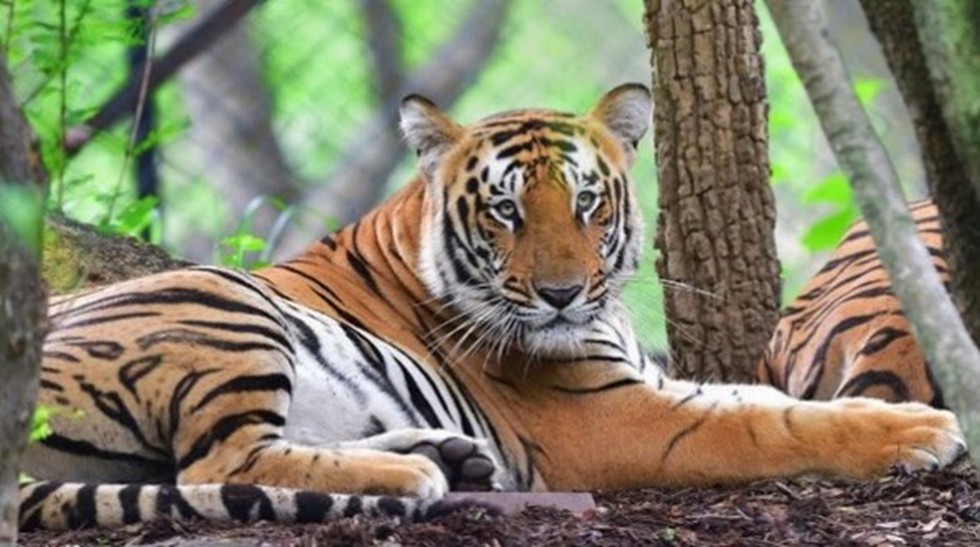
About Kawal Tiger Reserve:
- Location:
- It is located in North Eastern part of Telangana(Old Adilabad district), with the Godavari River on one side and the Maharashtra border on the other.
- It forms part of the Deccan peninsula-central highlands.
- Rivers: The reserve is the catchment for the rivers Godavari and Kadam, which flow towards the south of the sanctuary.
- Corridor: It has connectivity to the Tadoba-Andhari Tiger Reserve of Maharashtra in the North and to the Indravati tiger reserve of Chhattisgarh towards its North-Eastern side.
- Habitat: It has diverse habitats comprising of dense forests, grasslands, open areas, rivers, streams and water bodies.
- Vegetation: Southern Tropical Dry Deciduous Forest.
- Flora:
- Teak is found extensively along with Bamboo.
- As many as 673 plant species have been recorded, and the important ones are Anogeissus latifolia, Mitragyna parviflora, Terminalia crenulata, Terminalia arjuna, Boswellia serrata etc.
- Fauna:
- It has a faunal diversity which is typical of the Deccan Plateau.
- The major wild animals include: nilgai, chousinga, chinkara, black buck, sambar, spotted deer, wild dog, wolf, jackal, fox, tiger, leopard, and the jungle cat.
Key Facts about Amrabad Tiger Reserve:
- Location: It is located in the Nagarkurnool and Nalgonda districts in the southern part of Telangana.
- It was notified as a sanctuary in 1983, and after the State bifurcation, it was declared as Amarabad Tiger Reserve in 2015.
- ATR covers a part of the Nallamala Forest and is home to a variety of flora and fauna.
- The hilly terrain of this Tiger Reserve, with deep valleys and gorges, forms the catchment of the Krishna River.
- Flora:
- Dense grass occurs in 30% of the area and is scattered in an additional 20%.
- Dominant tree species include Terminalia tomentosa, Hardwickia binata, Madhuca latifolia. Diospyros melanoxylon, Gardenia latifolia etc.
- Fauna:
- Major wild animals found are Tiger, Leopard, Wild dog, Indian Wolf, Indian fox, Rusty-spotted cat, Small Indian civet, Sloth bear, Honeybadger, Wild boar etc.
- Over 303 bird species have been identified in this region. Some important groups include Eagles, Pigeons, Doves, Cuckoos, Woodpeckers, Drongos etc.
Prelims Pointers
July 30, 2023
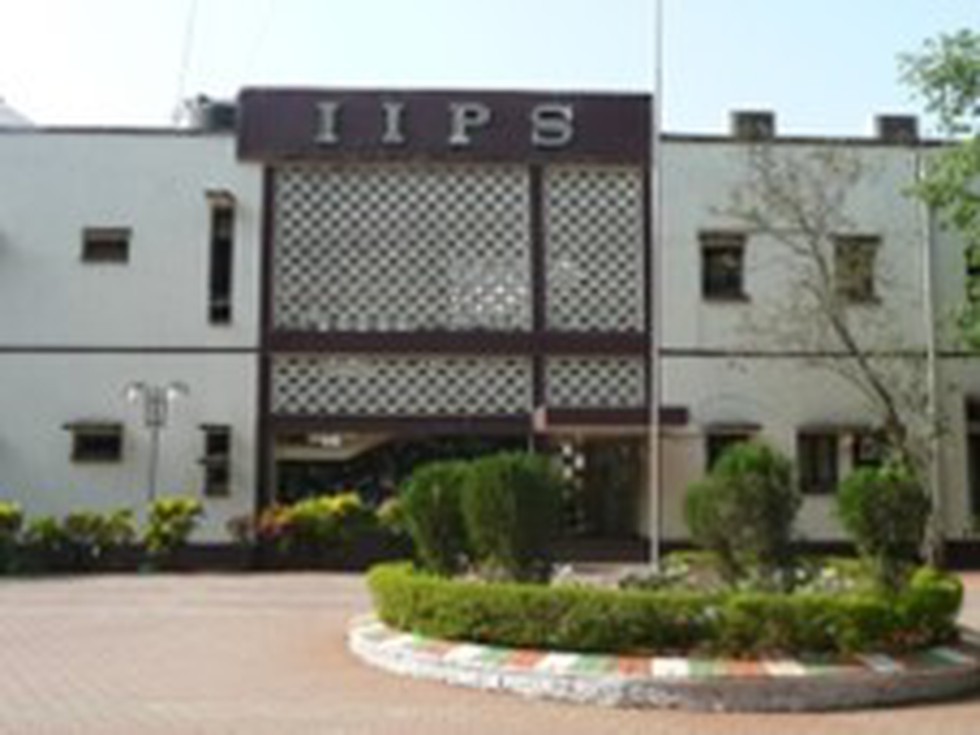
About International Institute for Population Sciences:
- It was formerly known as the Demographic Training and Research Centre (DTRC) till 1970.
- It was established in July 1956 under the joint sponsorship of Sir Dorabji Tata Trust, the Government of India and the United Nations.
- It serves as a regional centre for Training and Research in Population Studies for the ESCAP region.
- The Institute was re-designated to its present title in 1985 to facilitate the expansion of its academic activities.
- It was declared as a 'Deemed to be University' on August 14, 1985, under Section 3 of the UGC Act, 1956 by the Ministry of Human Resource Development, Government of India.
- The recognition has facilitated the award of recognized degrees by the Institute itself and paved the way for further expansion of the Institute as an academic institution.
- IIPS holds a unique position among all the regional population centres.
- It was the first such centre started, and it serves a much larger population than any of the other regional centres.
- The Institute is under the administrative control of the Ministry of Health and Family Welfare, Government of India.
- Institute had conducted many prime surveys like National Family Health Survey (NFHS), District Level Household Survey (DLHS), Assessment of National Rural Health Mission (NRHM), YOUTH in India Project etc.
Prelims Pointers
July 30, 2023
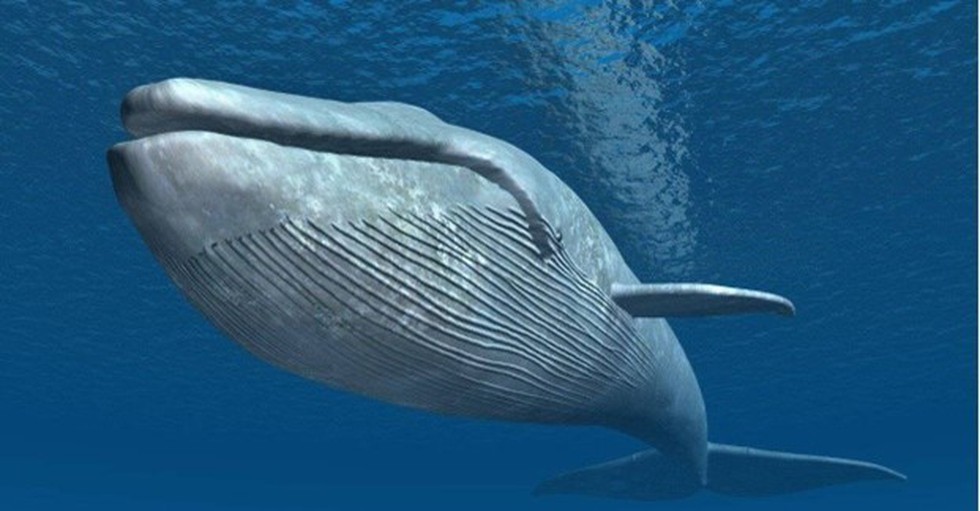
About Blue whale:
- Blue whales are the largest animals ever to live on our planet.
- Whales are at the top of the food chain and have an important role in the overall health of the marine environment.
- Habitat: They are found in all oceans except the Arctic Ocean.
- They generally migrate seasonally between summer feeding grounds and winter breeding grounds
- Lifespan: The average lifespan is estimated at around 80 to 90 years. Scientists can estimate the age of whales by counting the layers of wax-like earplugs collected from deceased animals.
- Behaviour and Diet
- They sometimes swim in small groups but are more often found alone or in pairs.
- They generally spend summers feeding in polar waters and undertake lengthy migrations towards the equatorial waters as winter arrives.
- The primary diet whale is krill—tiny shrimp-like animals, but fish and copepods (tiny crustaceans) may occasionally be part of the blue whale’s diet.
- Conservation Status
- IUCN: Endangered
Prelims Pointers
July 30, 2023
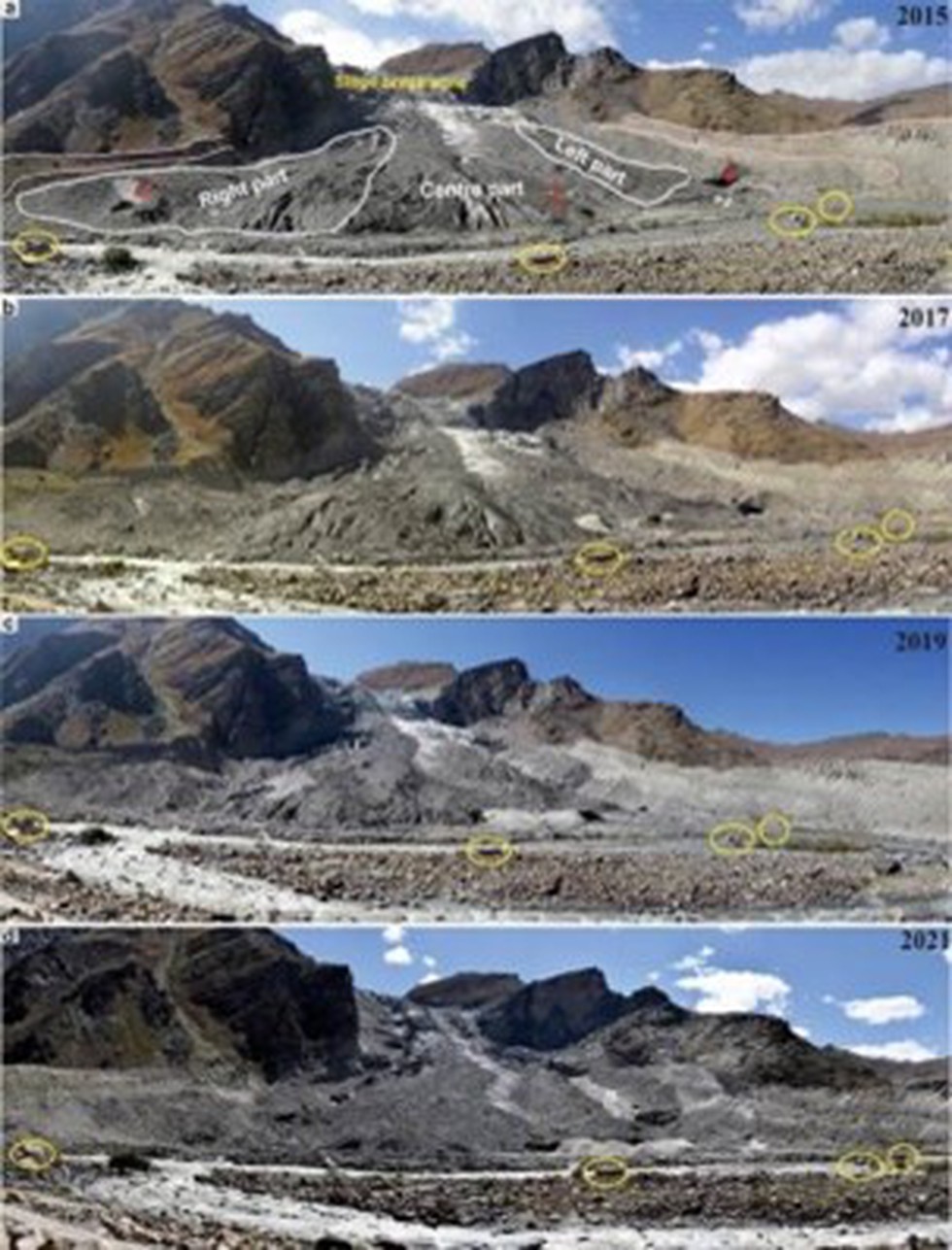
About Parkachik Glacier:
- The Parkachik glacier is one of the largest glaciers in the Suru River valley, covering an area of 53 square km and is 14 km long.
- The Suru River valley is a part of the southern Zanskar Ranges in the western Himalayas.
- There are two main reasons for the rapid melting of the glacier.
- The first is global warming and increasing temperatures in the region.
- The second is that it is at a lower altitude than other glaciers in the Zanskar region.
Key facts about Zanskar Ranges
- Zanskar is a high altitude semi-desert lying on the Northern flank of the Great Himalayan Range.
- This mountain range acts as a climatic barrier protecting Ladakh and Zanskar from most of the monsoon, resulting in a pleasantly warm and dry climate in the summer.
- Flora: Much of Zanskar's vegetation is found in the lower reaches of the valleys, and consists of alpine and tundra species.
- Fauna: Among the wildlife that can be found in Zanskar are the marmot, bear, wolf, snow leopard, kiang, bharal, alpine Ibex, wild sheep and goats, and the lammergeier.
Prelims Pointers
July 30, 2023
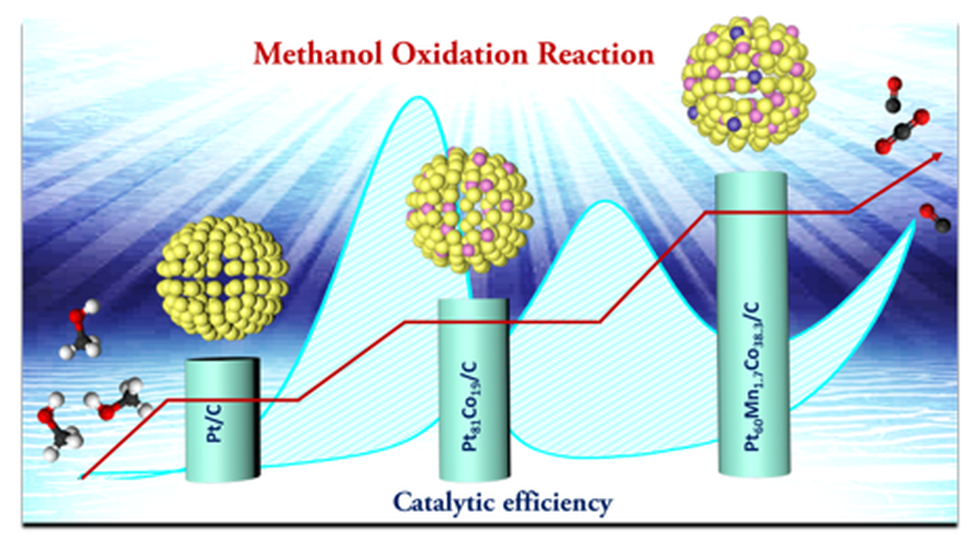
Key findings:
- Researchers have synthesized a trimetallic PtMnCo catalyst that displayed superior catalytic activity and high CO tolerance when compared to commercially available catalyst.
- The choice of Manganese (Mn) as a dopant was based on its abundance and affordability and the multiple oxidation states it offers making it a good candidate for electro-catalysis.
- Significance of DMFC
- Among the different classes of fuel cells proposed, DMFCs have long been considered an attractive alternate power source for small vehicles such as forklifts and as battery chargers for mobile phones, digital cameras, laptops, and other small electronic gadgets.
- It has high energy density, high efficiency, and low operating temperature.
- They are also much safer to operate because they deal with liquid fuel (methanol).
- The methanol oxidation reaction (MOR) at the anode and oxygen reduction reaction (ORR) at the cathode are the main processes that determine the performance of DMFCs.
- Platinum is the most often used MOR catalyst. However, fundamental challenges such as slow kinetics, high manufacturing costs (due mostly to the pricey Pt-based catalyst), and CO poisoning of the Pt catalyst make commercialization of DMFCs challenging.
- Therefore, the search for an alternative Pt-based catalyst that circumvents the above issues is one of the most pressing research problems with respect to DMFCs.
- Alloying Pt with other transition metals such as (Ru, Co, Ni, and Fe) is thought to be a useful strategy for improving the catalytic performance and durability of Pt catalyst along with reducing the amount of Pt being used in the catalyst.
Prelims Pointers
July 30, 2023
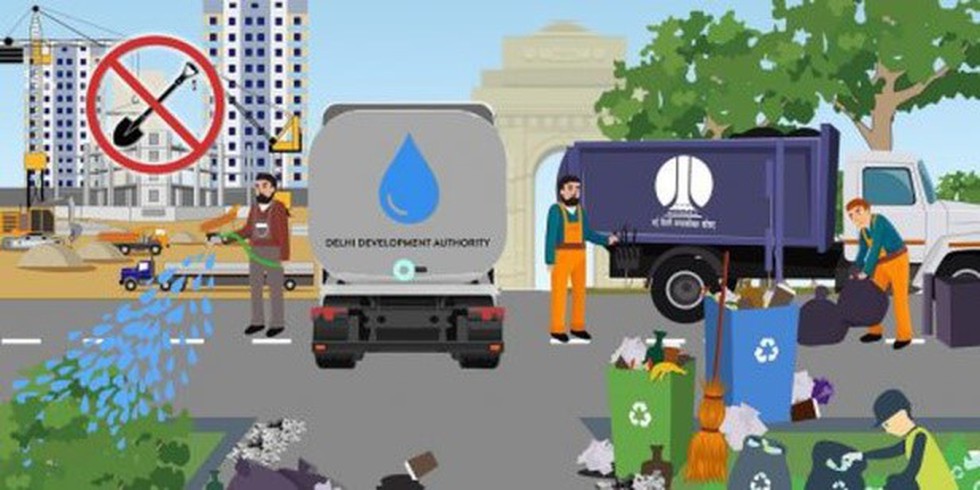
About Graded Response Action Plan:
- It is a set of emergency measures that kick in to prevent further deterioration of air quality once it reaches a certain threshold in the Delhi-NCR region.
- The GRAP was first notified in January 2017 by the Ministry of Environment, Forest and Climate Change.
- Implementation:
- The Commission for Air Quality Management (CAQM) has constituted a sub-committee for the operationalization of the GRAP.
- This body includes officials from the CAQM, member secretaries of pollution control boards of Uttar Pradesh, Delhi, Haryana, Rajasthan, the Central Pollution Control Board, a scientist from the IMD and one from the IITM and Health Advisor.
- The sub-committee is required to meet frequently to issue orders to invoke the GRAP.
- The orders and directions of the CAQM will prevail in case of any conflict between directions issued by the State governments and the CAQM.
What are the revised measures?
- Stage I – ‘Poor’ Air Quality (AQI ranging between 201-300): Enforce NGT / Hon’ble SC’s order on over aged diesel / petrol vehicles.
- Stage II - 'Very Poor' (AQI 301-400): Rigorous actions to combat air pollution at identified hotspots in the region.
- Stage III - 'Severe' (AQI 401-450): Impose strict restrictions on BS III petrol and BS IV diesel four-wheelers in certain areas and may suspend physical classes in schools for primary grade children up to Class 5.
- Stage IV - 'Severe Plus' (AQI greater than 450) : When the AQI exceeds 450, four-wheelers registered outside Delhi, except for electric vehicles, CNG vehicles, and BS-VI diesel vehicles, will not be allowed to enter the city.
July 29, 2023
Prelims Pointers
July 29, 2023
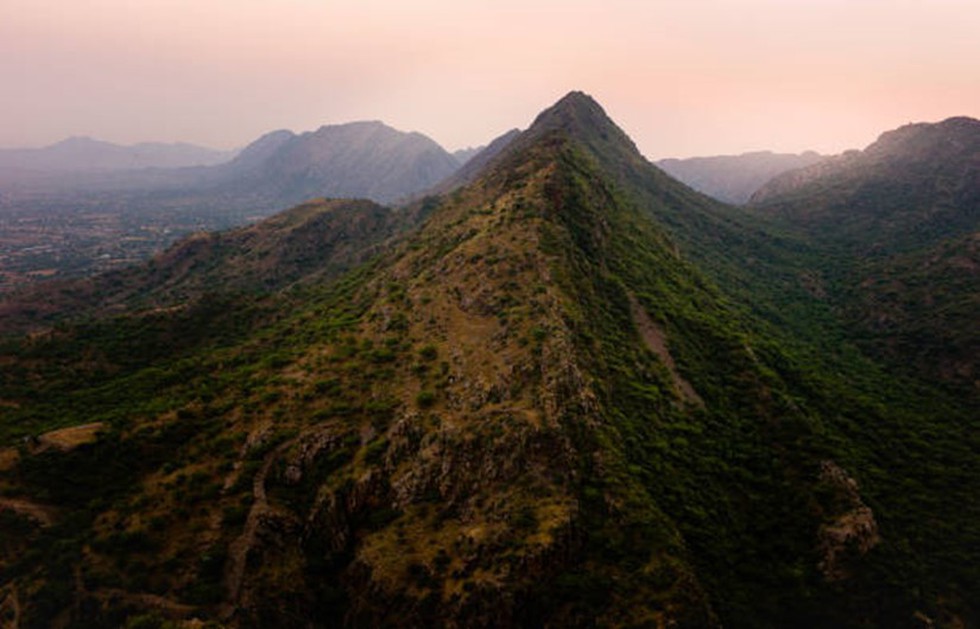
About Aravalli Range:
- It is one of the oldest fold mountains of the world.
- It runs approximately 670 km (430 mi) in a south-west direction, starting near Delhi, passing through southern Haryana and Rajasthan, and ending in Gujarat.
- The highest peak is Guru Shikhar at 1,722 metres (5,650 ft). Guru is a peak in the Arbuda Mountains of Rajasthan.
- Rivers: Three major rivers and their tributaries flow from the Aravalli, namely Banas and Sahibi rivers which are tributaries of Yamuna, as well as Luni River which flows into the Rann of Kutch.
- Formation:
- It is part of the Aravalli-Delhi orogenic belt, which is a large and complex geological structure formed due to the collision of tectonic plates during the Proterozoic era.
- It is part of the Indian Shield that was formed from a series of cratonic collisions.
- In ancient times, Aravalli were extremely high but since have worn down almost completely by millions of years of weathering.
- The range is rich in mineral resources like copper, zinc, lead, and marble.
- It is divided into two sections: the Sambhar-Sirohi ranges, taller and including Guru Shikhar; and the Sambhar-Khetri ranges, consisting of three ridges that are discontinuous.
Prelims Pointers
July 29, 2023
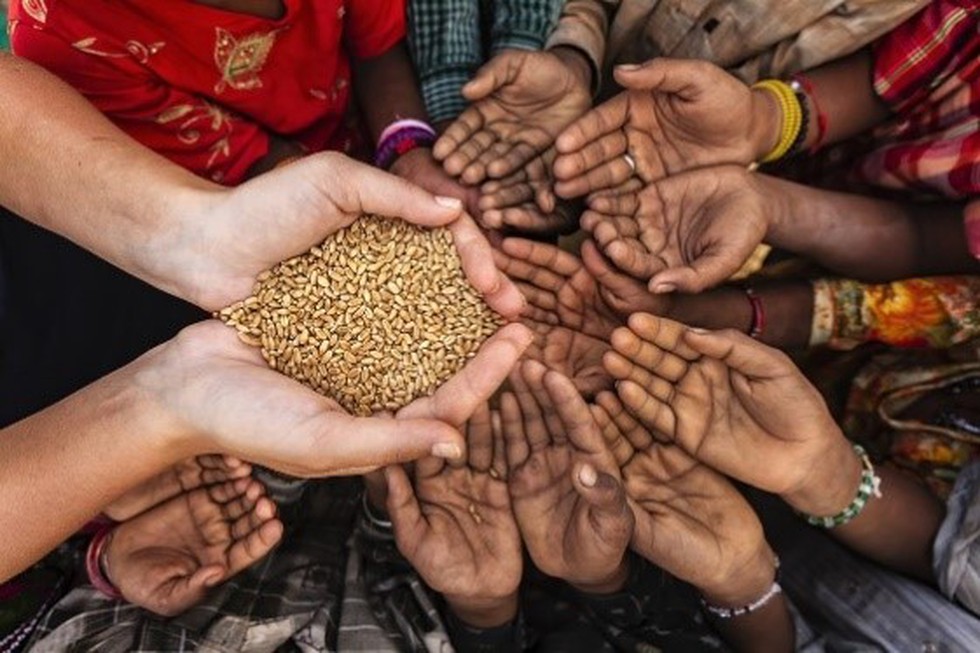
About U.N. World Food Programme (WFP):
- It is a branch of the United Nations that deals with hunger eradication and promotes food security in the world.
- WFP is the world’s largest humanitarian agency and was established in 1961.
- The organization's work is guided by Sustainable Development Goal 2, which aims to end hunger, achieve food security and improved nutrition, and promote sustainable agriculture by 2030.
- It operates in more than 120 countries, provides food assistance during emergencies and works with communities to enhance nutrition and generate resilience.
- Funding: WFP is funded by voluntary donations from governments, corporates and private donors.
- It is a member of the United Nations Development Programme (UNDP).
- Headquarters: Rome, Italy
- It has been functioning in India since 1963.
- It was awarded the Nobel Peace Prize in 2020.
- Report released by the WFP is Global Report on Food Crisis which describes the scale of acute hunger in the world.
Prelims Pointers
July 29, 2023
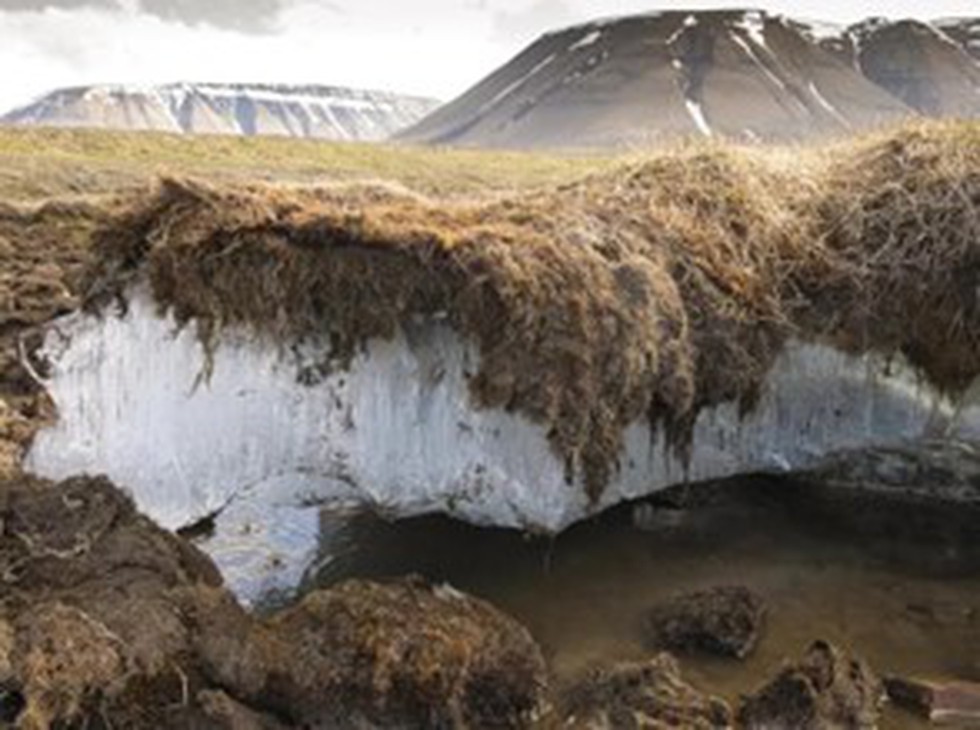
About Permafrost:
- Permafrost is any ground that remains completely frozen—32°F (0°C) or colder—for at least two years straight.
- Global Distribution:
- These permanently frozen grounds are most common in regions with high mountains and in Earth’s higher latitudes—near the North and South Poles.
- Permafrost covers large regions of the Earth. Almost a quarter of the land area in the Northern Hemisphere has permafrost underneath.
- Composition:
- Permafrost is made of a combination of soil, rocks and sand that are held together by ice. The soil and ice in permafrost stay frozen all year long.
- Near the surface, permafrost soils also contain large quantities of organic carbon—a material leftover from dead plants that couldn’t decompose, or rot away, due to the cold.
- Lower permafrost layers contain soils made mostly of minerals.
- A layer of soil on top of permafrost does not stay frozen all year. This layer, called the active layer, thaws during the warm summer months and freezes again in the fall.
Prelims Pointers
July 29, 2023
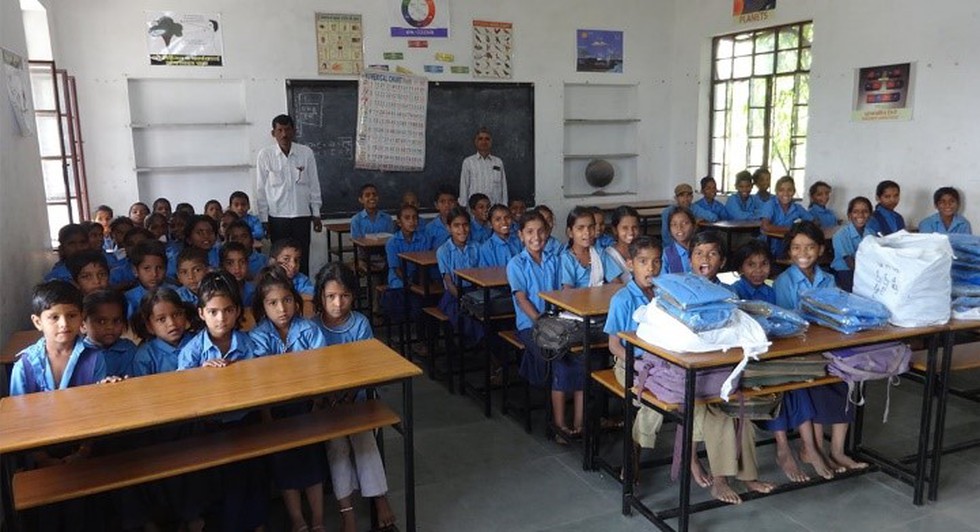
About Pradhan Mantri Schools for Rising India (PM-SHRI) Scheme:
- It is a Centrally Sponsored scheme announced in 2022.
- Objective: Development of more than 14500 schools across the country by strengthening selected existing schools being managed by Central Government/ State/ UT Government/ local bodies.
- The duration of the scheme is from 2022-23 to 2026-27,after which it shall be the responsibility of the States/UTs to continue to maintain the benchmarks achieved by these schools.
- Features:
- The selected schools will act as exemplar schools showcasing all components of the National Education Policy 2020 (NEP) and offering mentorship to other schools in their vicinity.
- The PM SHRI Schools will be developed as Green Schools, incorporating environment-friendly aspects.
- The pedagogy adopted in these schools will be more experiential, holistic, integrated, play/toy-based (particularly in the foundational years), inquiry-driven, discovery-oriented, learner-centric, discussion-based, flexible and enjoyable.
- The focus will be on the learning outcomes of every child in every grade.
- Assessment at all levels will be based on conceptual understanding and application of knowledge to real-life situations and will be competency-based.
- Linkage with Sector Skill Councils and local industry for enhancing employability and providing better employment opportunities will be explored.
- A School Quality Assessment Framework (SQAF) is being developed, specifying the key performance indicators to measure outcomes. Quality evaluation of these schools at regular intervals will be undertaken to ensure the desired standards.
Prelims Pointers
July 29, 2023
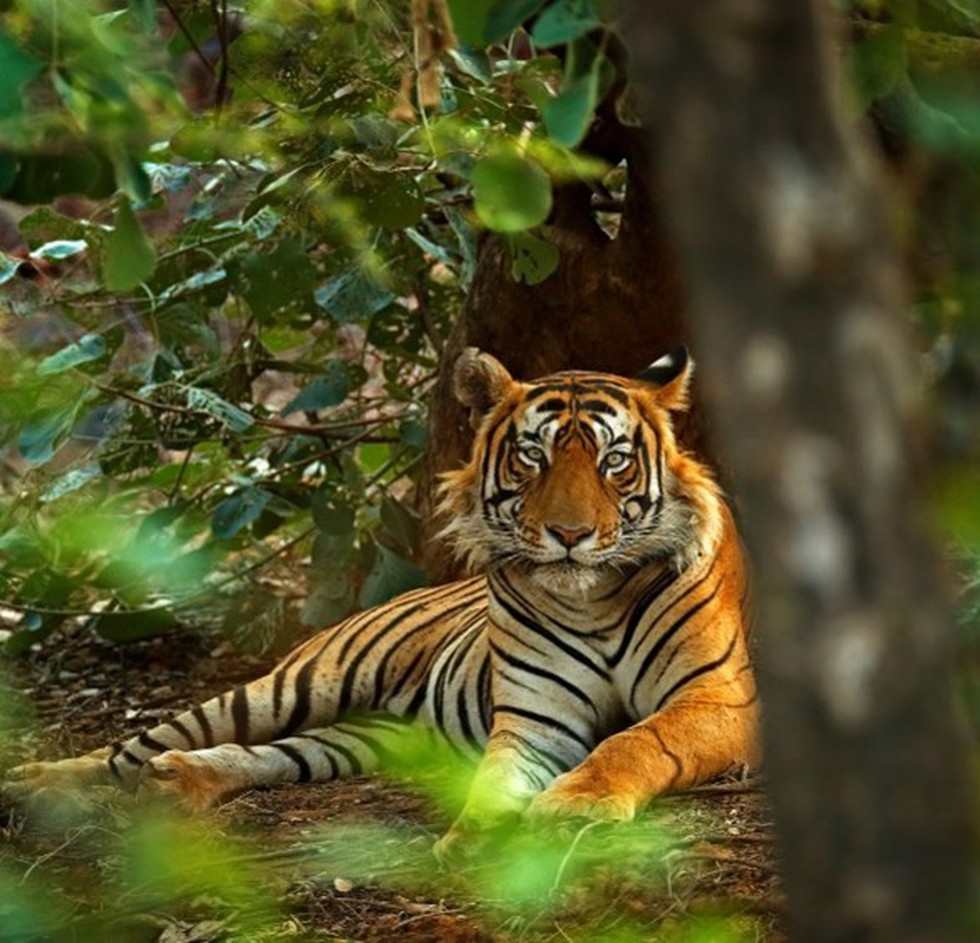
About International Tiger Day:
- It is observed on July 29 each year.
- It serves as a platform to raise awareness about the endangered tiger species.
- It is celebrated worldwide to promote comprehensive efforts in safeguarding tigers and their natural habitats, fostering harmonious coexistence between humans and tigers.
- History of International Tiger Day:
- Global Tiger Day, commonly referred to as International Tiger Day, was first established in 2010 during the Saint Petersburg Tiger Summit by nations that are home to tigers.
- 13 tiger range countries came together to create Tx2 – the global goal to double the number of wild tigers by the year 2022.
- The 29th of July was chosen as International Tiger Day because it represents the halfway point between the first and last days of the Saint Petersburg Tiger Summit and the ongoing international campaign to rescue tigers.
Key Facts about Bengal Tiger:
- Bengal tiger (subspecies Panthera tigris tigris) inhibits the forests, and wetlands of India, Bangladesh, Bhutan, and Nepal.
- Features:
- It is distinguished from other tiger subspecies by its orange coat accented by prominent brownish-to-black stripes; a rare white-coated variant of the subspecies also exists.
- The largest male Bengal tigers can grow up to about 3.2 metres long (including a 1-metre-long tail) and weigh nearly 295 kg.
- Females are smaller, the largest ones measuring about 2.7 metres long and weighing as much as 181 kg.
- They are solitary hunters, preying primarily on ungulates(including deer and antelope), gaurs, and wild boars (Sus scrofa).
- Conservation Status:
- IUCN Red List: Endangered
- Wildlife (Protection) Act (WPA), 1972: Schedule-1
Prelims Pointers
July 29, 2023
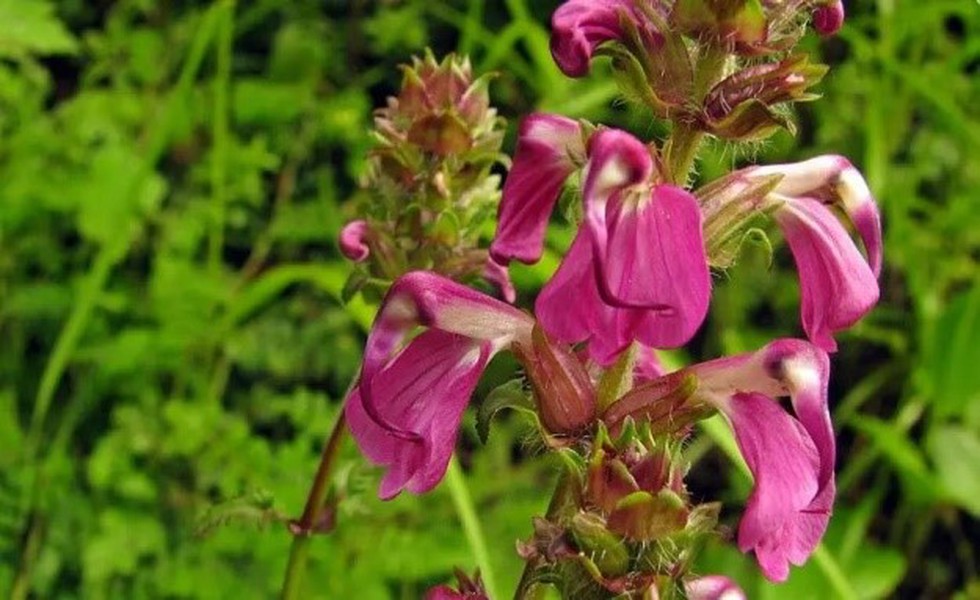
About Pedicularis Revealiana:
- It is unique among all Pedicularis species.
- It is stout and woody stems, bears minute flowers of pinkish-purple colour.
- It is a hemiparasitic plant species.
- Along with making its own food, it has the ability to gather nutrients from the roots of trees and plants located nearby.
- This new flora is found in remote forests, which are covered with snow for most of the year.
- This genus includes about 677 species worldwide, of which 82 species, 13 subspecies and nine varieties have been reported so far in India.
- Pendicularis revealiana is the 83rd species reported by the botanists and the plant is commonly known as a perennial herb.
Key Facts about Botanical Survey of India
- It is the apex taxonomic research organization of the country which is under the Ministry of Environment, Forest & Climate Change, Government of India.
- It was established on 13thFebruary 1890 under the direction of Sir George King.
- The mandate of the organization has been broadened to biosystematics research, floristic studies, documentation, databasing of National Botanical collection, digitization of herbarium specimens etc.
- Headquarter: Kolkata
Prelims Pointers
July 29, 2023
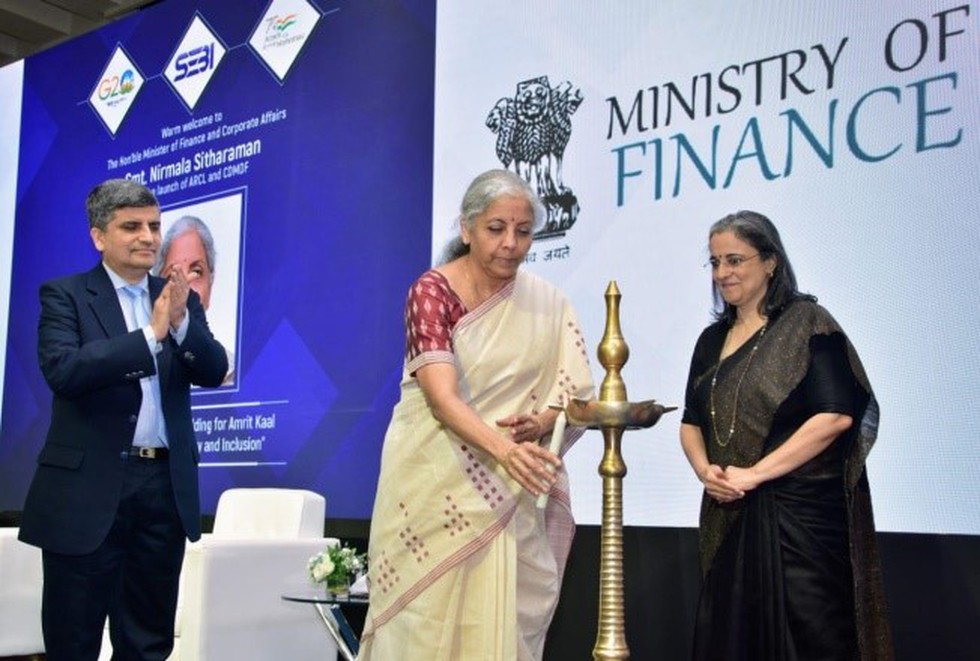
About Corporate Debt Market Development Fund:
- It is a backstop facility for specified debt funds during market dislocations.
- The fund is intended to provide liquidity support in the event of a financial crisis.
- It will be in the form of an alternative investment fund (AIF), meant to instil confidence among the participants in the Corporate Bond Market during times of stress
- The fund has Rs 33,000-crore backstop facility for Mutual Funds.
- Of the Rs 33,000 crore, Rs 30,000 crore will come from the government, while the balance Rs 3,000 crore will be contributed by the Asset Management Companies.
- Contributions to the fund can be done by the specified debt-oriented mutual fund schemes and asset management companies of mutual funds.
- This fund is guaranteed by the National Credit Guarantee Trust Company (NCGTC) and the backstop facility will be managed by SBI Mutual Fund.
- Who can invest?
- Specified debt-oriented mutual fund schemes here are ‘open-ended debt oriented mutual fund schemes, excluding the overnight funds and gilt funds and including conservative hybrid fund’.
- These specified debt-oriented schemes will invest 25 basis points (0.25 per cent) of their asset under management (AUM) in CDMDF units and will increase their contribution when their AUM increases and review it every six months.
- However, there will be no redemption from CDMDF in case their AUM reduces.
- The same applies to the specified schemes of new mutual funds or such new schemes from the existing mutual funds.
- The AMCs are also required to make a contribution of 2 per cent of their specified debt-oriented schemes’ AUM as a one-time contribution.
- The initial contribution for this purpose will be based on the AUM as of December 31, 2022, in the specified schemes of the mutual funds.
What is a Backstop facility?
- A backstop is an act of providing last-resort support or security in a securities offering for the unsubscribed portion of shares.
- When a company is trying to raise capital through an issuance, it may get a backstop from an underwriter or a major shareholder, such as an investment bank, to buy any of its unsubscribed shares.
Prelims Pointers
July 29, 2023
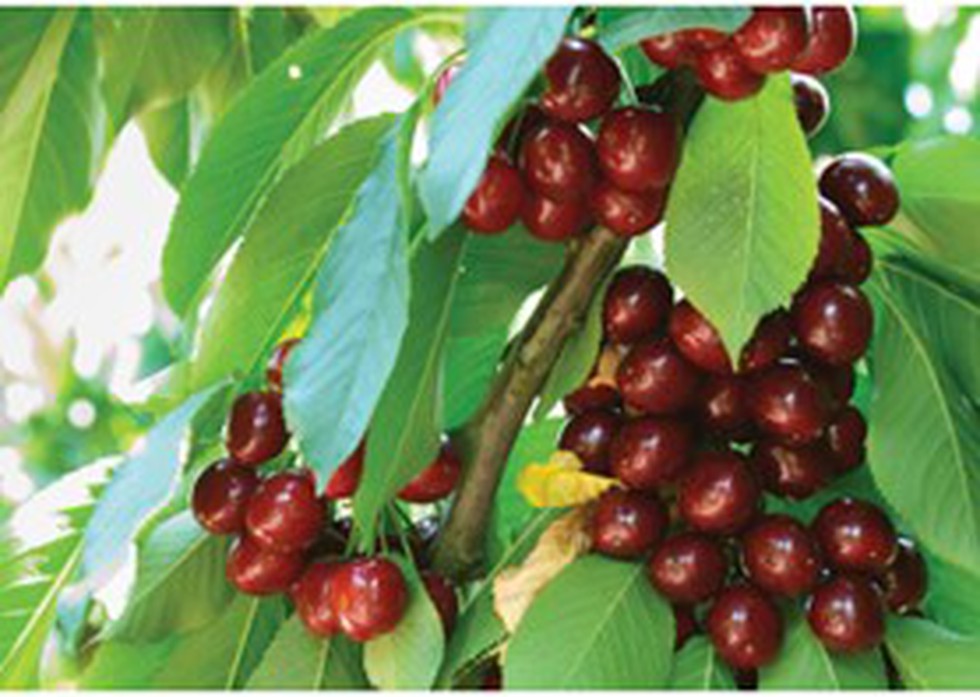
About Cherry Farming:
- Cherries are delicious and nutritious fruits that belong to the genus Prunus.
- It is a delicate crop and extremely sensitive to extreme weather conditions.
- Having a very low shelf life, cherries cannot sustain heavy rains or high temperatures.
- The Kashmir Valley contributes to 95 per cent of the total cherry production in India.
- Eight cherry varieties grown in Kashmir include makhmali, siya, mishri, jaddi, Italy, dabal, vishkan and stela.
- Climate:
- It requires cool weather conditions with temperatures ranging between 15°C to 25°C during the growing season.
- They also require a period of winter dormancy with temperatures below 7°C to induce flowering.
- Soil: The soil should be well-draining, rich in organic matter, and have a pH between 6.0 to 7.5.
- Planting: Cherry trees can be propagated by grafting onto rootstocks. The ideal time for planting is during the winter months from December to February.
- Intercropping: Some suitable intercropping crops for cherry cultivation in India include legumes, such as peas and beans, and leafy vegetables, such as spinach and lettuce.
- Fertilization: Fertilizers rich in nitrogen, phosphorus, and potassium should be applied in adequate amounts to promote healthy growth and fruit development.
- Harvesting: Cherries can be harvested when they reach maturity, usually in late May to early June.
- Area of Cultivation: They are primarily grown in the northern regions of India, particularly in the states of Jammu and Kashmir, Himachal Pradesh, and Uttarakhand.
Prelims Pointers
July 29, 2023

About Digital Payment Index:
- It has been constructed by the RBI to measure the extent of digitisation of payments across the country.
- It is based on multiple parameters and reflects the expansion of various digital payment modes accurately.
- It is a first-of-its kind index to measure the spread of digital payments across the country.
- It contains five broad parameters that measure the deepening and penetration of digital payments in the country over different time periods.
- Payment Enablers with a weight of 25% (Internet, mobile, Aadhaar, bank accounts, participants, merchants)
- Payment Infrastructure – Demand-side factors weight 10% (Debit and credit cards, PPIs, Customers registered in mobile and internet banking, FASTags),
- Payment Infrastructure – Supply-side factors weight 15% (Bank branches, BCs, ATMs, PoS Terminals, QR Codes, Intermediaries),
- Payment Performance – weight 45% (Digital payment volumes, value, unique users, paper clearing, currency in circulation, cash withdrawals) and
- Consumer Centricity weight – 5% (awareness and education, declines, complaints, frauds, system downtime).
- The base period of the index is March 2018.
- The index has been published on a semi-annual basis from March 2021 onwards with a lag of 4 months.
Prelims Pointers
July 29, 2023

About World Cities Culture Forum:
- It was founded in 2012 by Justine Simons OBE, London’s Deputy Mayor for Culture & the Creative Industries.
- It is a global network of cities that share research and intelligence, and explore the role of culture in future prosperity.
- The network currently has 40 cities spanning six continents.
- Bengaluru being the latest addition is set to join the league of cities like New York, London, Paris, Tokyo and Dubai among others.
- World cities culture summit hosted on a rotating basis by city partners, an unprecedented gathering of city leaders sharing ideas and knowledge about culture’s role in public policy in a world city context.
Key facts about Bengaluru
- Bengaluru (formerly Bangalore) is a megacity, the capital of the Southern state of Karnataka and the fastest growing city in India.
- Its population has grown from one million in 1950 to over 16 million in 2023.
- It is commonly referred to as the ‘Silicon Valley of India’ because of its role as the nation’s leading information technology exporter,
- It is home to more than 30 government and private museums that showcase the city’s rich history, art and culture.
- Most recently, South India’s first major private art museum, the Museum of Art and Photography (MAP), opened in February 2023.
- Bengaluru’s distinction lies in being a rare city where both North Indian (Hindustani) and South Indian (Carnatic) classical music thrive.
- As the “Garden City of India”, Bangaluru has many green spaces including two nationally recognised botanical gardens, Lal Bagh and Cubbon Park that act as green lungs for the city.
July 28, 2023
Prelims Pointers
July 28, 2023

About INDIAai:
- It is the National artificial intelligence Portal of India which was launched on 28th May 2020.
- It is a knowledge portal, research organisation, and an ecosystem-building initiative.
- It stands to unite and promote collaborations with various entities in India’s AI ecosystem.
- It is a joint initiative by the Ministry of Electronics and IT (MeitY),National e-Governance Division (NeGD) and NASSCOM.
- NeGD: It was created in 2009 as an Independent Business Division under the Digital India Corporation (a not-for-profit company set up by MeitY).
- NASSCOM: It is a not-for-profit industry association and the apex body for the IT and IT-enabled products and services sector in India.
- It is the single central knowledge hub on artificial intelligence and allied fields for aspiring entrepreneurs, students, professionals, academics, and everyone else.
What is Artificial intelligence (AI)?
- It is a wide-ranging branch of computer science concerned with building smart machines capable of performing tasks that typically require human intelligence.
Prelims Pointers
July 28, 2023
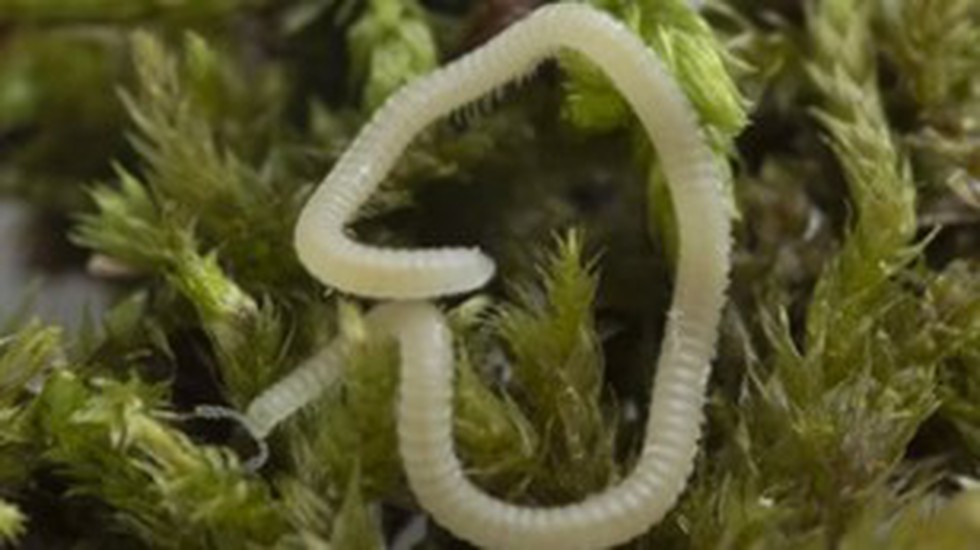
About Millipede species:
- The newly found species is a thread Millipede.
- It is about the length of a paperclip but skinny as pencil lead.
- Its scientific name is Illacme socal.
- It is translucent and sinuous like a jellyfish tentacle.
- The creature burrows four inches below ground, secretes unusual chemicals and is blind.
- It relays on hornlike antennas protruding from its head to find its way.
Key facts about Millipede
- These are member of the arthropod class Diplopoda.
- They are cylindrical or slightly flattened invertebrates.
- The word “millipede” translates to “a thousand feet”—but while millipedes have many feet, none of them quite have a thousand.
- Their bodies are split into a number of segments, and each segment has two sets of legs that attach to the body's underside.
- Diet: It is a detritivore, which means that it eats dead organic matter in the earth like damp wood pieces, decayed leaves, and other materials that naturally exists in their moist habitat underground.
Prelims Pointers
July 28, 2023

About Offer for Sale:
- It is a simpler method of share sale through the exchange platform for listed companies.
- The mechanism was first introduced by India’s securities market regulator Sebi in 2012.
- Aim: To make it easier for promoters of publicly-traded companies to cut their holdings and comply with the minimum public shareholding norms by June 2013.
- The method was largely adopted by listed companies, both state-run and private, to adhere to the Sebi order.
- Later, the government started using this route to divest its shareholding in public sector enterprises.
- In an OFS, promoters of a company will dilute their stake by selling their shares to retail investors, companies, Foreign Institutional Investors (FIIs) and Qualified Institutional Buyers (QIBs) on an exchange platform.
- Features of Offer for sale
- Unlike a follow-on public offering (FPO), where companies can raise funds by issuing fresh shares or promoters can sell their existing stakes, or both, the OFS mechanism is used only when existing shares are put on the block.
- Only promoters or shareholders holding more than 10 per cent of the share capital in a company can come up with such an issue.
- The mechanism is available to 200 top companies in terms of market capitalisation.
- In an OFS, a minimum of 25 per cent of the shares offered, are reserved for mutual funds (MFs) and insurance companies.
- At any point, no single bidder other than these two institutional categories is allocated more than 25 per cent of the size of the offering.
- A minimum of 10 per cent of the offer size is reserved for retail investors.
- A seller can offer a discount to retail investors either on the bid price or on the final allotment price.
- It is mandatory for the company to inform the stock exchanges two banking days prior to the OFS about its intention.
Prelims Pointers
July 28, 2023
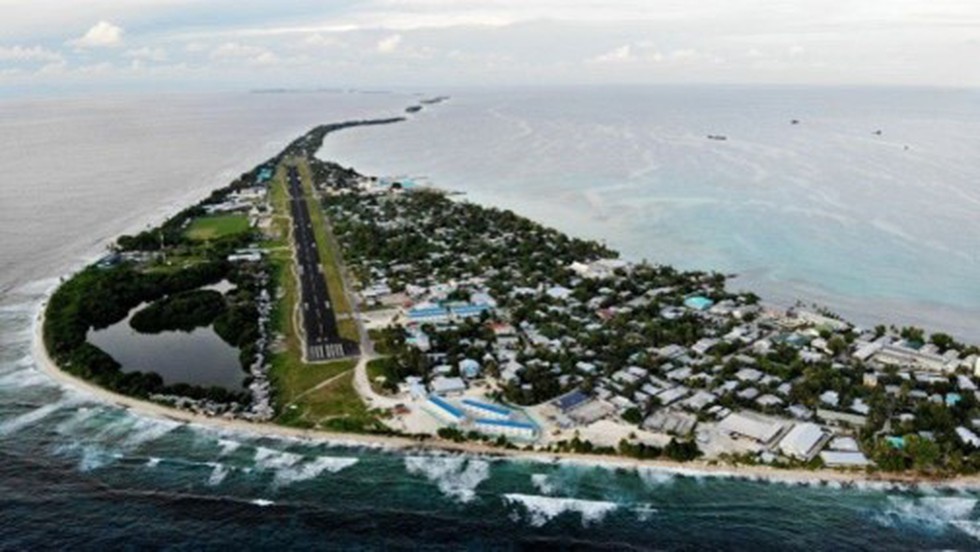
About Tuvalu:
- It was formerly called as the Ellice Islands.
- It’s an island country in the west-central Pacific Ocean, and sits around halfway between Hawaii and Australia.
- Capital: Funafuti
- Its neighbours include Kiribati, to the north, and Fiji, to the south.
- It is composed of nine small coral islands scattered in a chain lying approximately northwest to southeast
- Language: The Tuvaluans are Polynesian and they speak Tuvaluan language which is closely related to Samoan.
- Government
- The government is a parliamentary democracy with a unicameral legislature elected by universal adult suffrage.
- There are no political parties: the prime minister is chosen by and from the legislature.
- Tuvalu is a member of the South Pacific Forum.
- Economy
- Most people are subsistence farmers and are aided by remittances from relatives working overseas.
- A small quantity of copra is produced for export, the sale of stamps accounts for modest earnings, and fees are collected from foreign fishing fleets.
- Threats
- Due to its low-lying geography, Tuvalu is at acute risk from natural disasters, including rising storm surges, cyclones, and tsunamis.
Prelims Pointers
July 28, 2023
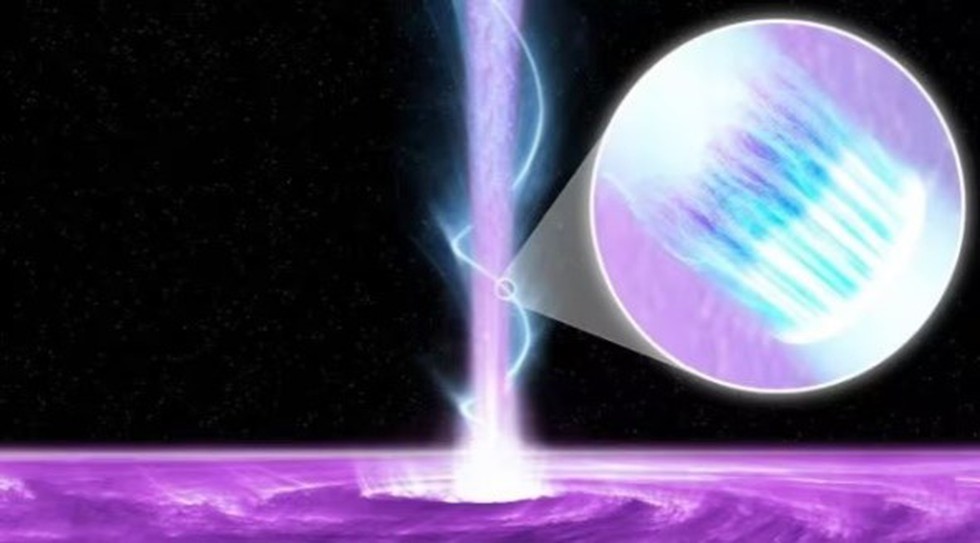
About Markarian 421:
- It is a supermassive black hole firing a jet of high-energy particles aimed directly at Earth.
- It is about 400 million light-years away from the earth
- It is located in the constellation Ursa Major.
Characteristics of supermassive black hole
- They have a mass greater than about 50,000 times the mass of our sun.
- These black holes are far too large to have formed from the gravitational collapse of a single star.
- These are always found at the centre of a galaxy and almost all galaxies have a supermassive black hole at its centre.
Key facts about the Imaging X-ray Polarimetry Explorer (IXPE)
- It is an international collaboration between NASA and the Italian Space Agency.
- It studies the most extreme and mysterious objects in the universe – supernova remnants, supermassive black holes, and dozens of other high-energy objects.
- It is the first satellite dedicated to measuring polarized X-rays from objects, such as neutron stars and supermassive black holes, to reveal previously hidden details of the universe.
Prelims Pointers
July 28, 2023
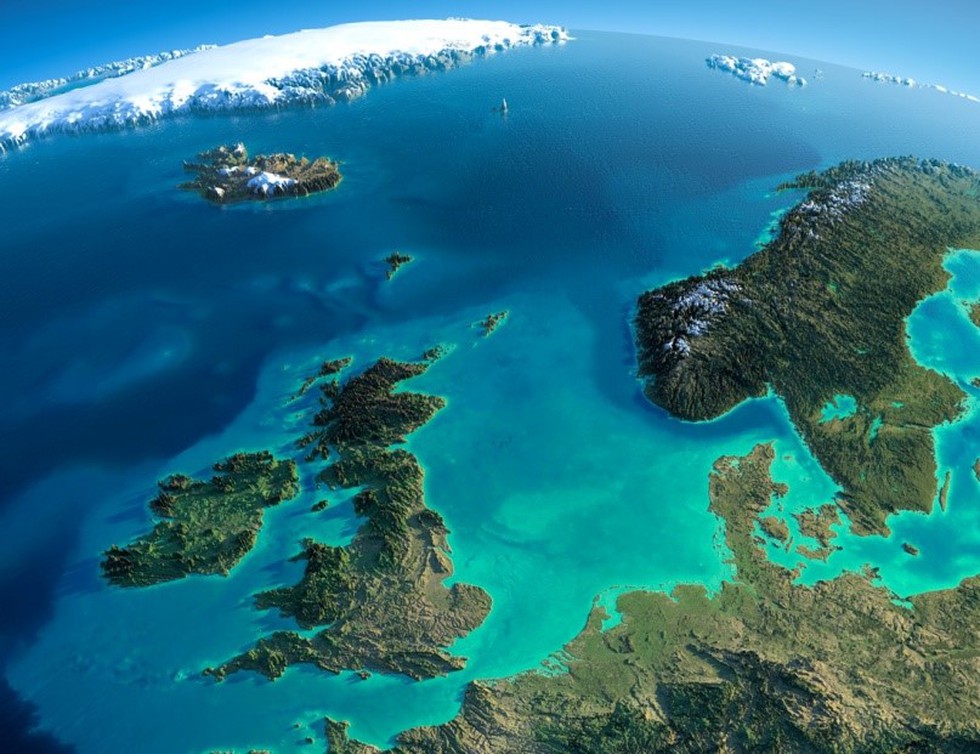
About North Sea:
- It is a sea in northern Europe and is part of the Atlantic ocean.
- Borders: It is bordered by the United Kingdom and Norway to the west, Denmark to the south, Germany, the Netherlands, Belgium, and France to the east, and the Faroe Islands and Norway's Svalbard archipelago to the north.
- The North Sea connects to the Atlantic Ocean via the English Channel in the southwest and the Baltic Sea in the east via the Kattegat and Skagerrak straits.
- The Kiel Canal, one of the world's busiest artificial waterways, connects the North Sea with the Baltic.
- Area: It covers an area of approximately 570,000 square kilometres (220,000 square miles).
- Depth:
- It is a relatively shallow sea with an average depth of 90 meters.
- The sea’s deepest part is the Norwegian trench which is 725 meters deep.
- The shallowest area is the Dogger Bank, which is only 12 metres deep.
- Climate:
- It experiences an oceanic temperate maritime climate characterized by slightly high temperatures.
- Winters are long but cool, while summers are short and mild.
- Rivers: Major rivers that drain into the North Sea include the Forth, Elbe, the Weser, the Ems, the Rhine and Meuse, the Scheldt, the Thames, and the Humber.
- Ports: It has several major ports located along its coasts, such as Rotterdam, the busiest port in Europe, Antwerp, Hamburg, Bremerhaven and Felixstowe, all busy container seaports, as well as the Port of Bruges-Zeebrugge, Europe's leading RoRo port.
Prelims Pointers
July 28, 2023
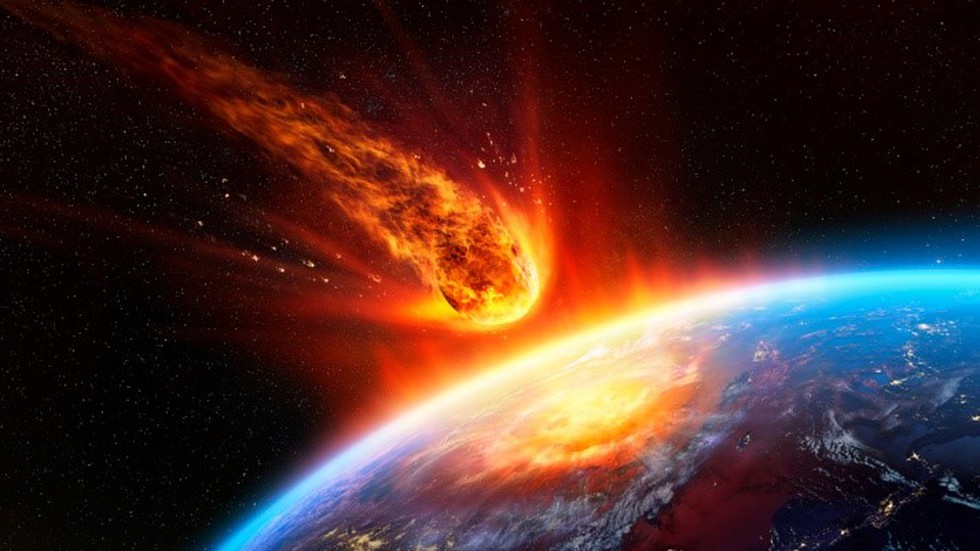
About Ureilite:
- ‘Ureilites’ are a rare class of primitive meteorites that constitute just a tiny fraction of meteorites on Earth.
- It is named after the locality where the first specimen was discovered, the Novo Urei village in Russia.
- Composition:
- They consist of silicate rock, mostly olivine and pyroxene, interspersed with less than 10% of carbon (diamond or graphite), metal sulphides and a few fine-grained silicates.
- They contain elongated cavities generally stretched in the same direction.
- Lack of Chondrules: Unlike many other stony meteorites, ureilites do not contain chondrules, which are small, spherical grains that formed in the early solar system.
- Primitive Nature: Ureilites are considered primitive meteorites because their composition closely resembles the material from which the solar system formed.
Key Facts about Dhala Crater:
- It is the oldest and the largest impact crater in India.
- It is estimated to have formed some 2500 million years ago.
- Named after the village Dhala, the crater is an eroded leftover of the original impact structure.
- Location: It is located in Shivpuri district in Madhya Pradesh.
- Size: It is a massive 11 km in diameter, making it the largest in Asia.
What’s the difference between a meteor, a meteoroid, and a meteorite?
- Meteoroids: They are objects in space that range in size from dust grains to small asteroids.
- Meteors: When meteoroids enter Earth’s atmosphere (or that of another planet, like Mars) at high speed and burn up, the fireballs or “shooting stars” are called meteors.
- Meteorite: When a meteoroid survives a trip through the atmosphere and hits the ground, it’s called a meteorite.
Prelims Pointers
July 28, 2023
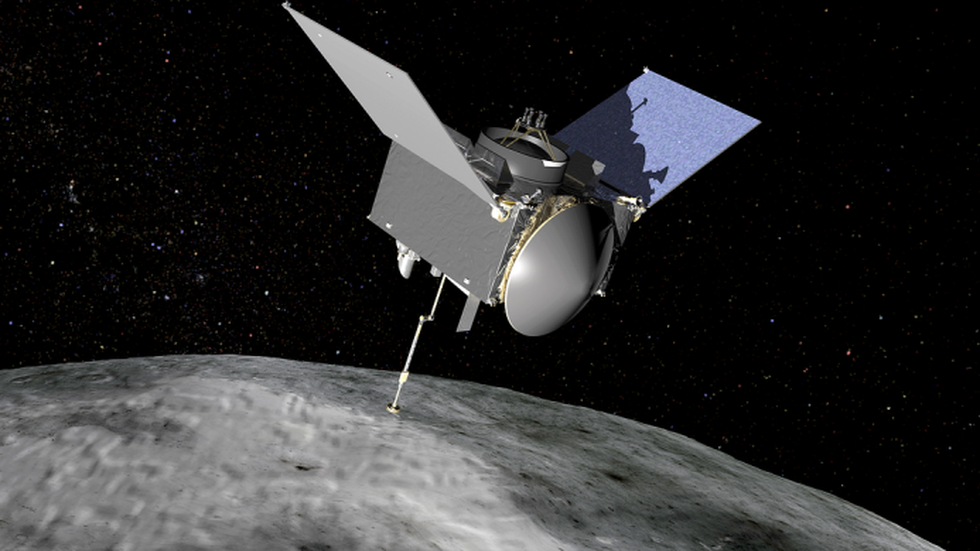
About OSIRIS-REx:
- It is a NASA spacecraft mission designed to study the near-Earth asteroid called Bennu.
- The name OSIRIS-REx stands for "Origins, Spectral Interpretation, Resource Identification, Security, Regolith Explorer."
- Goal: To collect a sample weighing at least 2.1 ounces (59.5 grams) from asteroid 101955 Bennu (formerly known as 1999 RQ36) and then bring the sample to Earth.
- The mission will help scientists investigate how planets formed and how life began, as well as improve our understanding of asteroids that could impact Earth.
- It is the first U.S. spacecraft to collect a sample from an asteroid.
- It was launched on Sept. 8, 2016.
- It reached its asteroid target in 2018 and is bringing a small sample to Earth for study.
- The samples will arrive on Earth in 2023. An extended mission will take the spacecraft into orbit around near-Earth asteroid Apophis in 2029.
Key facts about Asteroid Bennu:
- It is located about 200 million miles away from the Earth.
- It was discovered by a team from the NASA-funded Lincoln Near-Earth Asteroid Research team in 1999.
- It is a B-type asteroid, implying that it contains significant amounts of carbon and various other minerals.
- Around 20-40 percent of Bennu’s interior is empty space, and scientists believe that it was formed in the first 10 million years of the solar system’s creation, implying that it is roughly 4.5 billion years old.
- Bennu is believed to have been born in the Main Asteroid belt between Mars and Jupiter, and because of gravitational tugs from other celestial objects and the slight push asteroids get when they release absorbed sunlight, the asteroid is coming closer to Earth.
What is an Asteroid?
- An asteroid is a small rocky object that orbits the Sun.
- These objects are remnants from the early formation of our solar system, dating back billions of years.
- Most asteroids are found in the region between the orbits of Mars and Jupiter, known as the asteroid belt, but they can also be found in other regions of the solar system.
Prelims Pointers
July 28, 2023
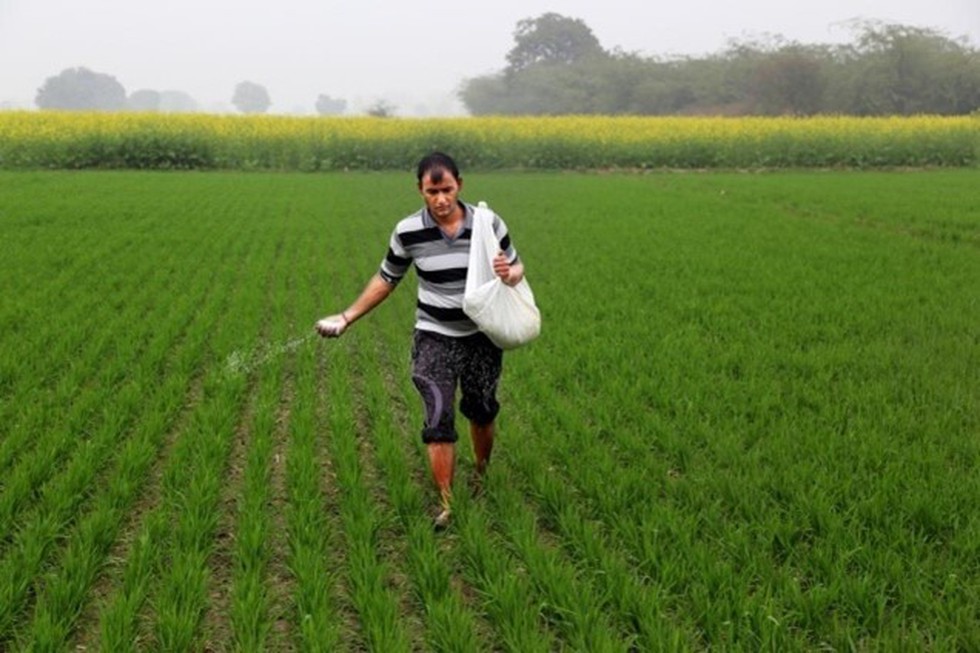
About Urea Gold:
- It is a new variety of Urea coated with Sulphur.
- It is being introduced to address the Sulphur deficiency in soil and save input costs for the farmers.
- Urea Gold surpasses the existing Neem-coated urea in terms of both economic viability and efficiency.
- How Urea Gold Is Better Than Others?
- Sulphur-coated urea facilitates a gradual release of nitrogen, thereby enhancing its availability and uptake by crops.
- The inclusion of humic acid in Urea Gold further extends its lifespan as a fertilizer.
- This product not only substitutes traditional urea consumption but also reduces overall fertilizer usage.
- According to the report, 15 kg of Urea Gold provides comparable benefits to 20 kg of conventional urea, making it a more efficient and effective choice for farmers.
What is Neem-coated urea?
- Urea is a commonly used nitrogen-based fertilizer that provides essential nutrients to plants to promote healthy growth.
- Neem-coated urea is a specialized form of urea fertilizer that has been coated with neem oil.
- Benefits:
- The neem coating on urea slows down the release of nitrogen into the soil. This controlled release helps reduce nitrogen leaching and volatilization, leading to improved nitrogen use efficiency by plants.
- It would bring down the quantity of urea per acre and consequent reduction in input cost to farmers.
- The emission of nitrous oxide is also brought down significantly.
- Neem oil, derived from the neem tree (Azadirachta indica), has natural pesticidal properties.
Prelims Pointers
July 28, 2023

About INS Vikrant:
- It is India’s first indigenously designed and manufactured aircraft carrier.
- The ship has been designed in-house by Indian Navy’s Warship Design Bureau and constructed by M/s Cochin Shipyard Limited.
- It will strengthen the country’s standing as a ‘Blue Water Navy’ — a maritime force with global reach and capability to operate over deep seas.
- With it, India also joins the elite group of nations – the US, Russia, France, the UK and China – who are capable of designing and constructing aircraft carriers.
- Features:
- Dimension: It has an approximate length of 262 meters (860 feet) and a breadth of 62 meters (203 feet).
- Displacement: Its full-load displacement is 43,000 tonnes.
- Propulsion: It is powered by four gas turbine engines.
- Speed: It has a top speed of 52 km/h (32 mph).
- Endurance: 8,600 miles (13,890 kilometres)
- Aircraft capacity: It can accommodate up to 30 fixed-wing aircraft, including fighter jets, and rotary-wing aircraft, such as anti-submarine warfare helicopters and utility helicopters.
Historical facts about INS Vikrant:
- INS Vikrant, with pennant number R11, was the first-ever aircraft carrier that was operated by the Indian Navy.
- The ship was officially laid down in 1943 and was being built for the Royal Navy as HMS (Her Majesty’s Ship) Hercules when the constitution was put on hold after World War II ended.
- Like many other ships at the time, the under-construction HMS Hercules was put up for sale by the United Kingdom and was purchased by India in 1957.
- The construction work was completed and the ship was commissioned in the Indian Navy as INS Vikrant in 1961.
- The plan for building an indigenous aircraft carrier started taking shape as the old INS Vikrant neared its decommissioning in the late 1990s.

